
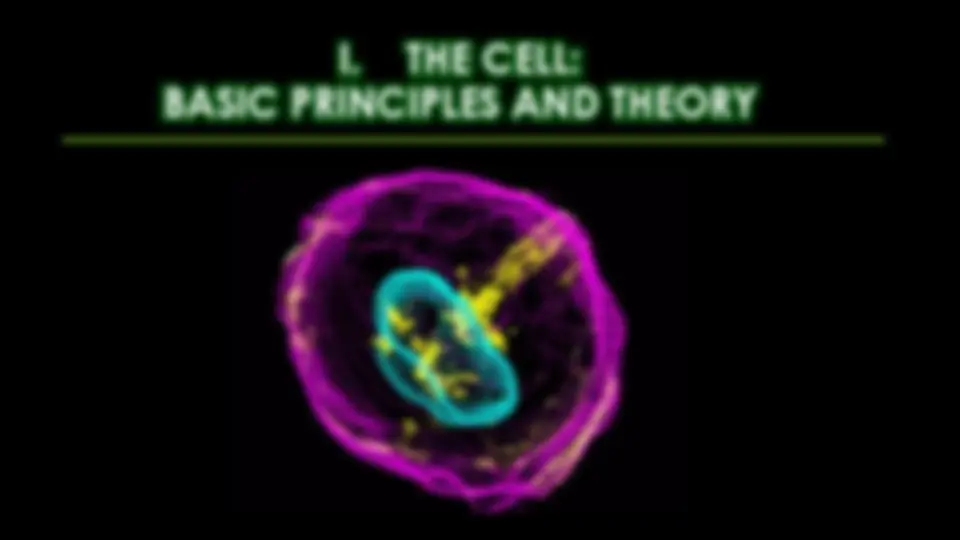
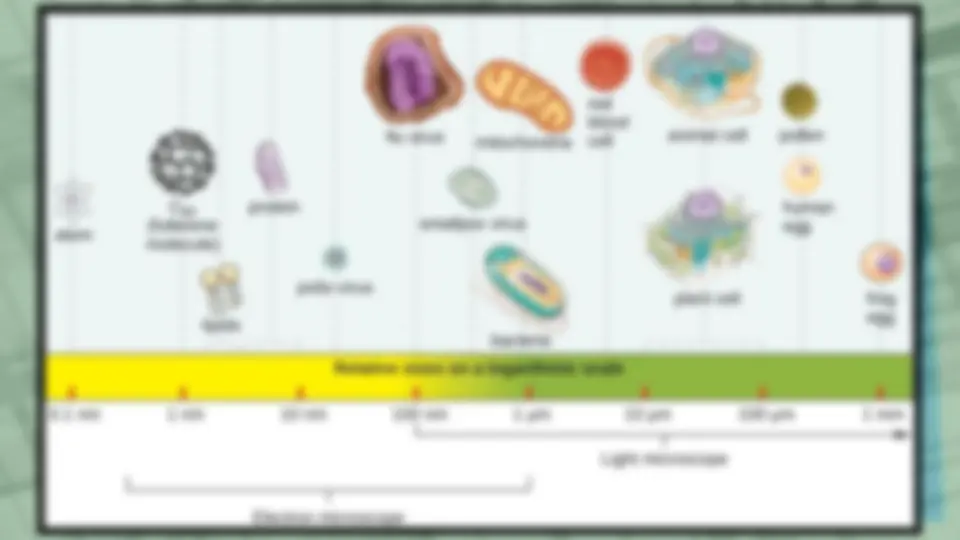
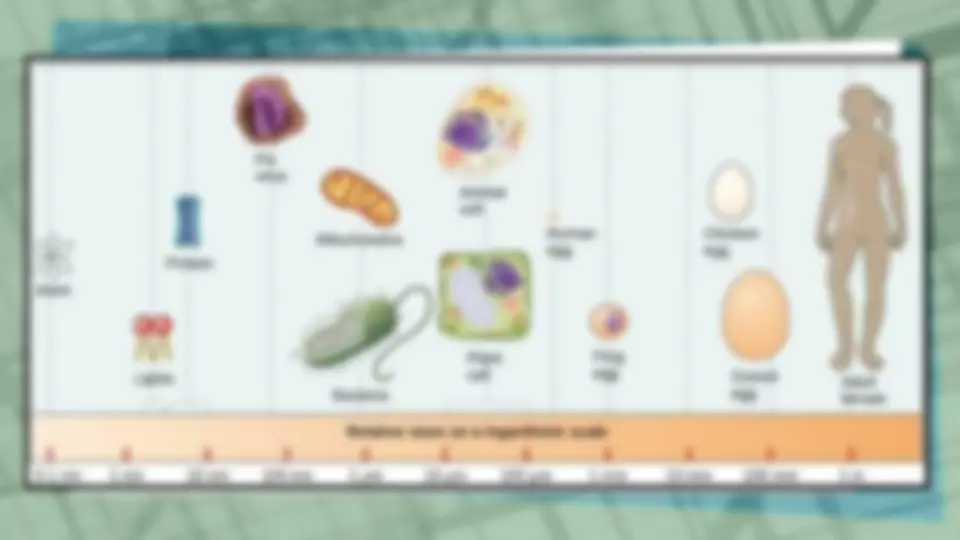
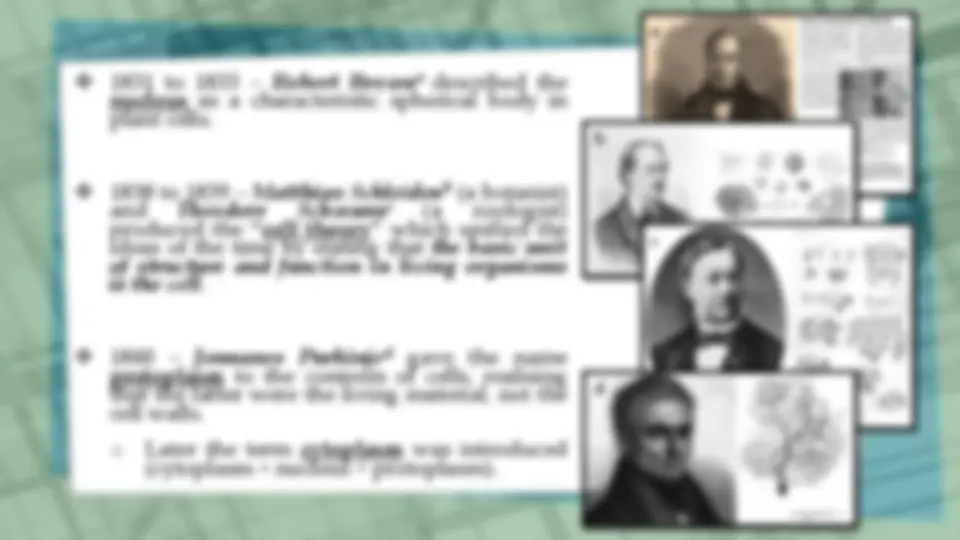
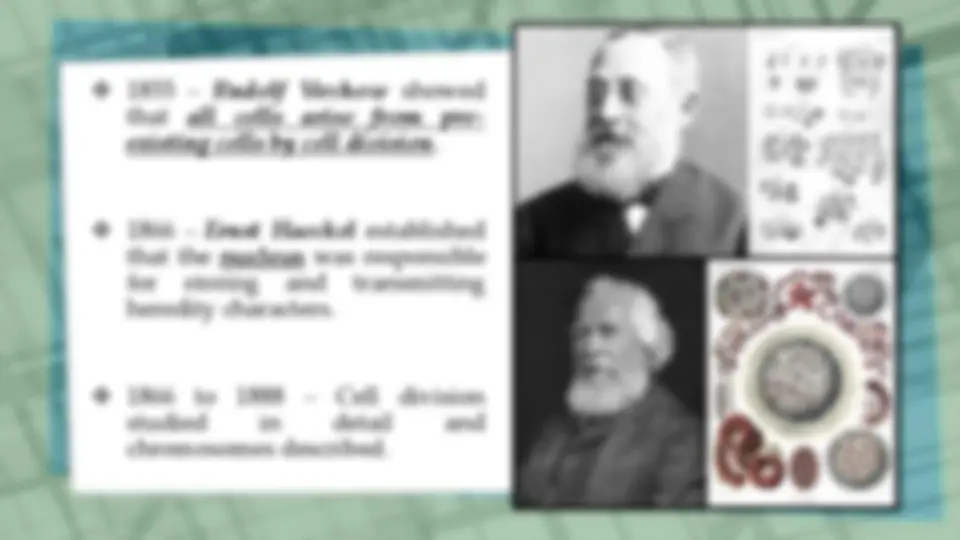
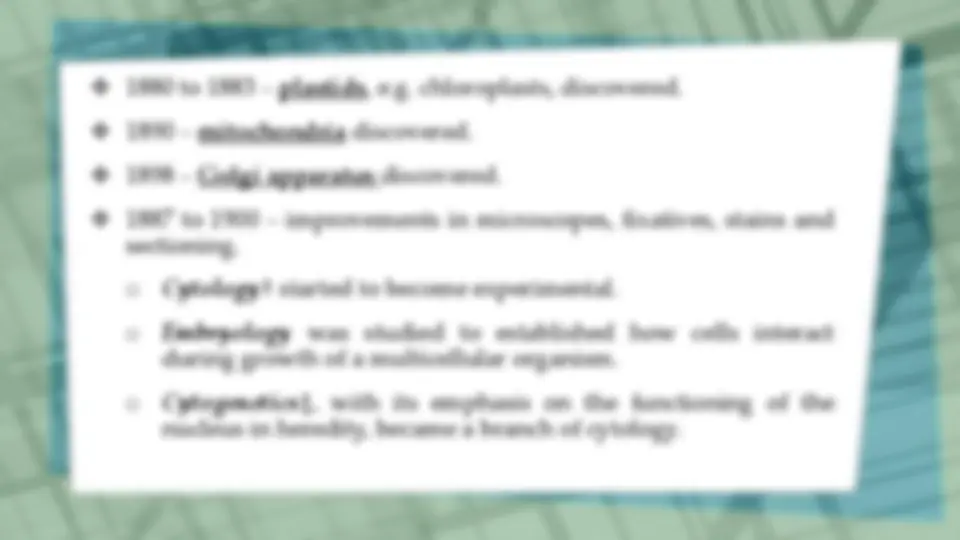
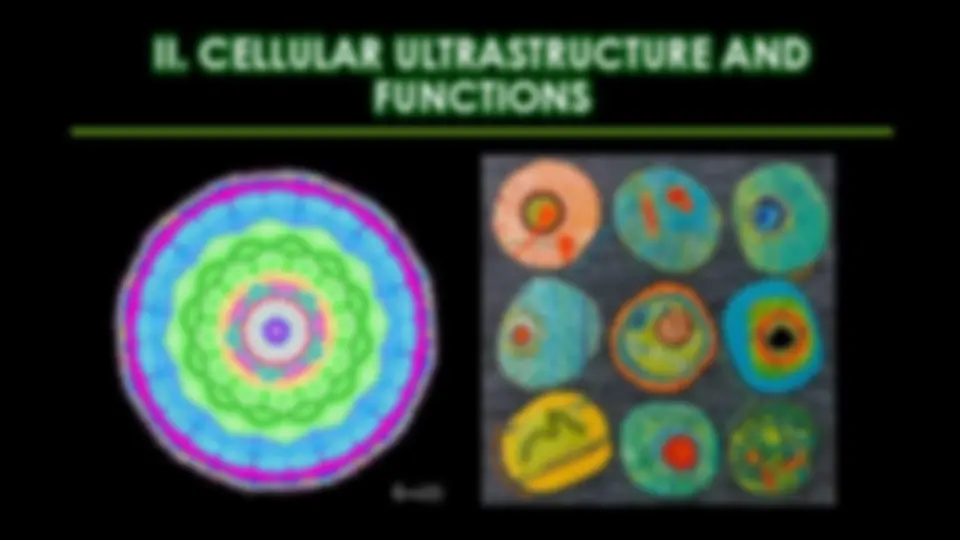
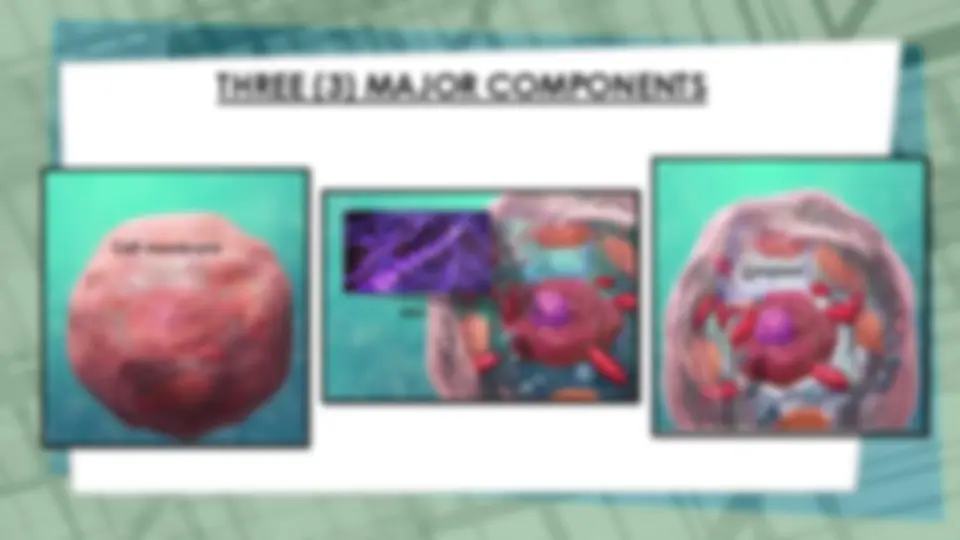
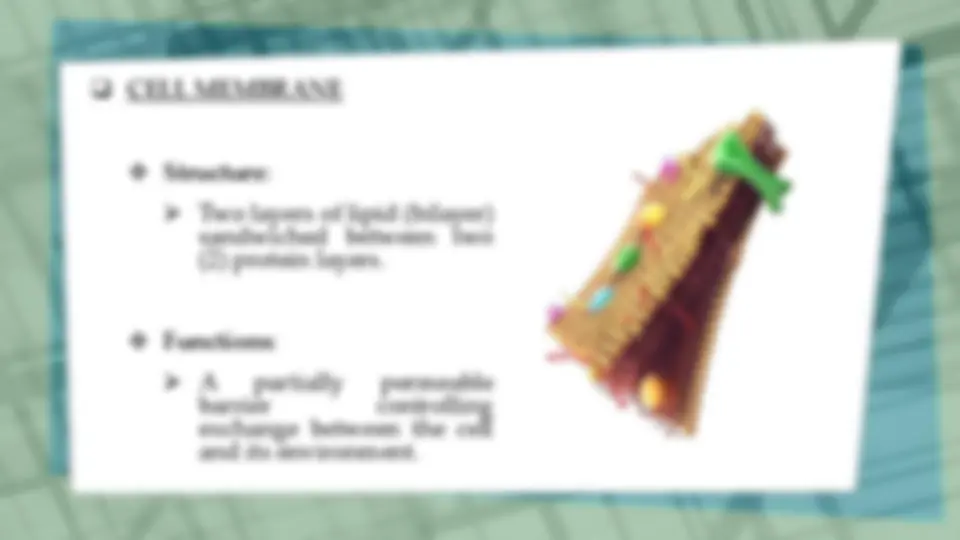
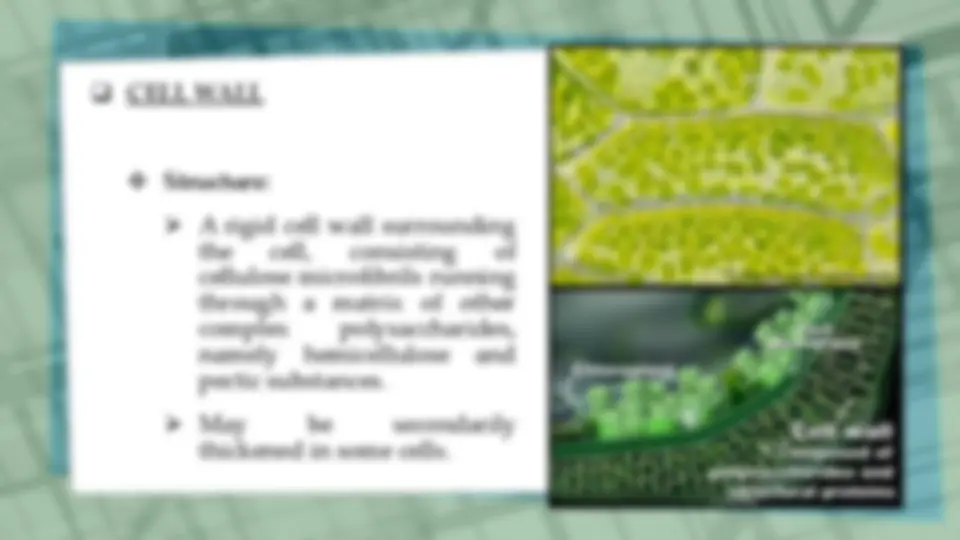
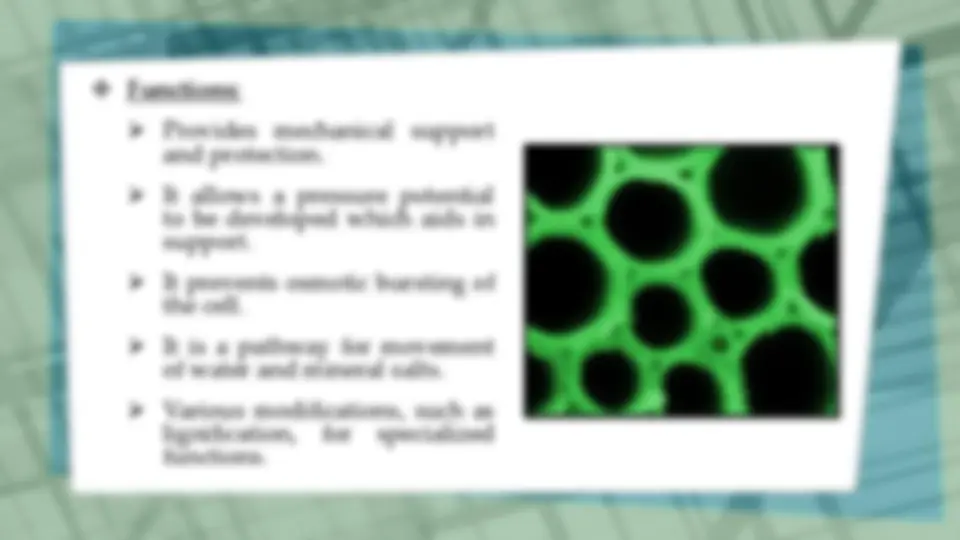
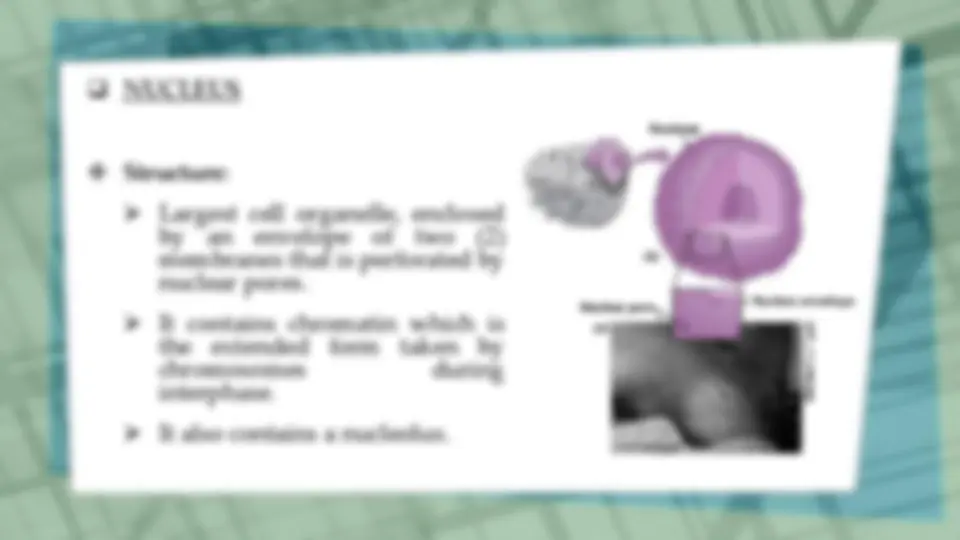
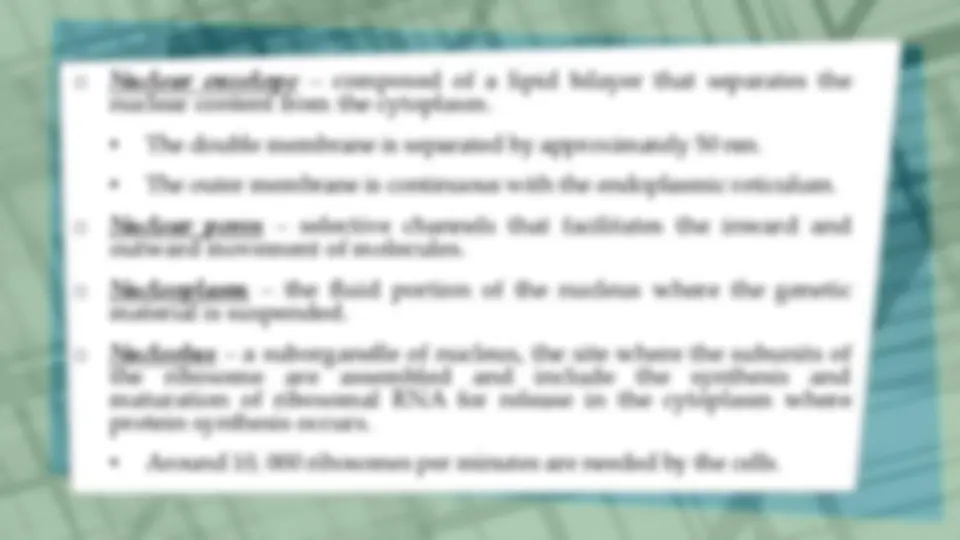
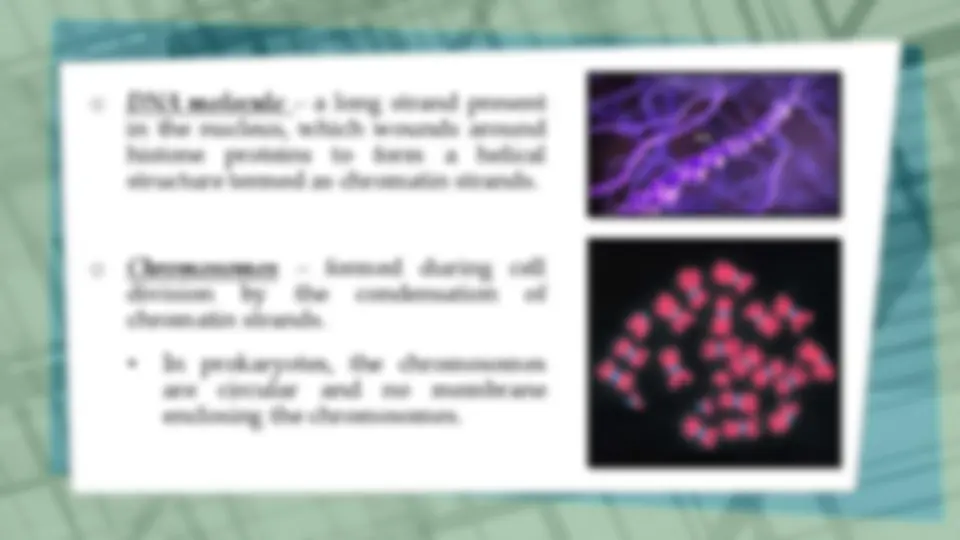
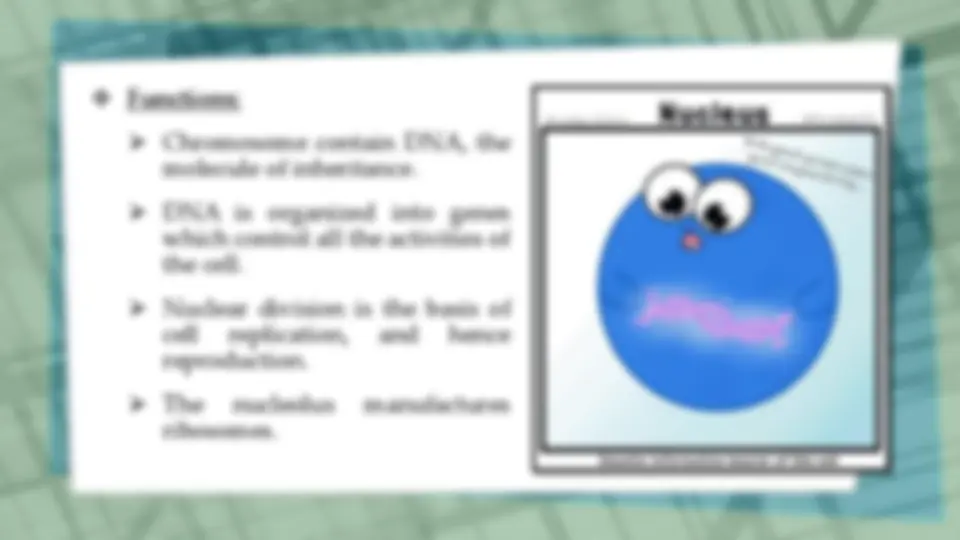
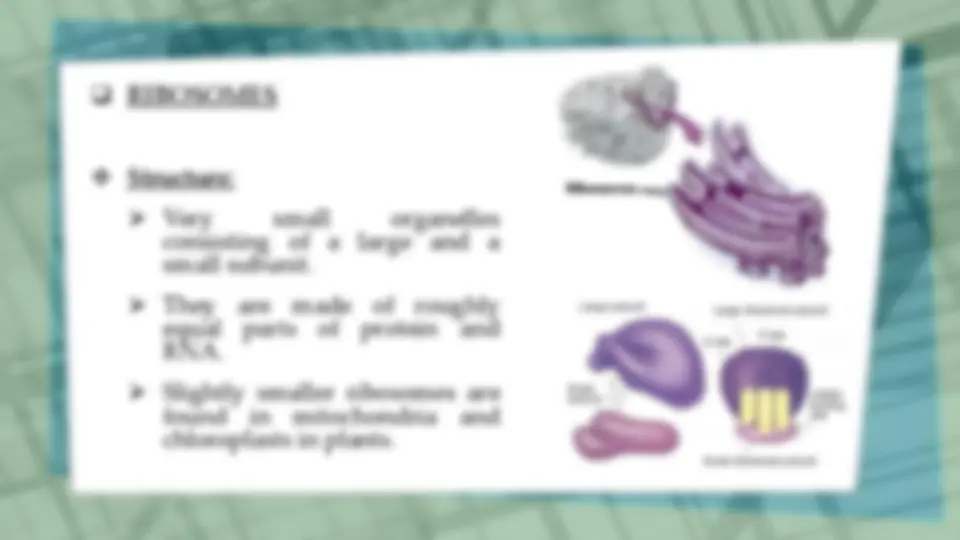

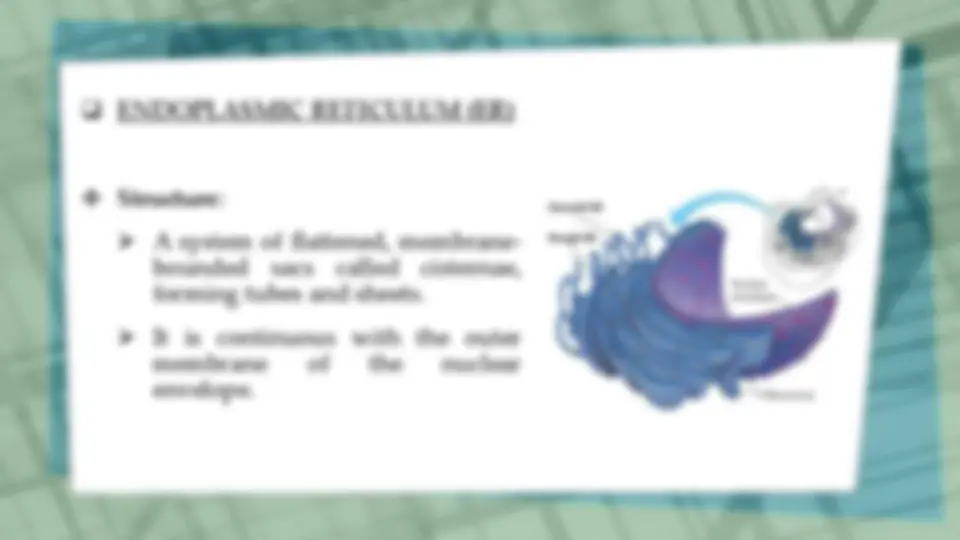
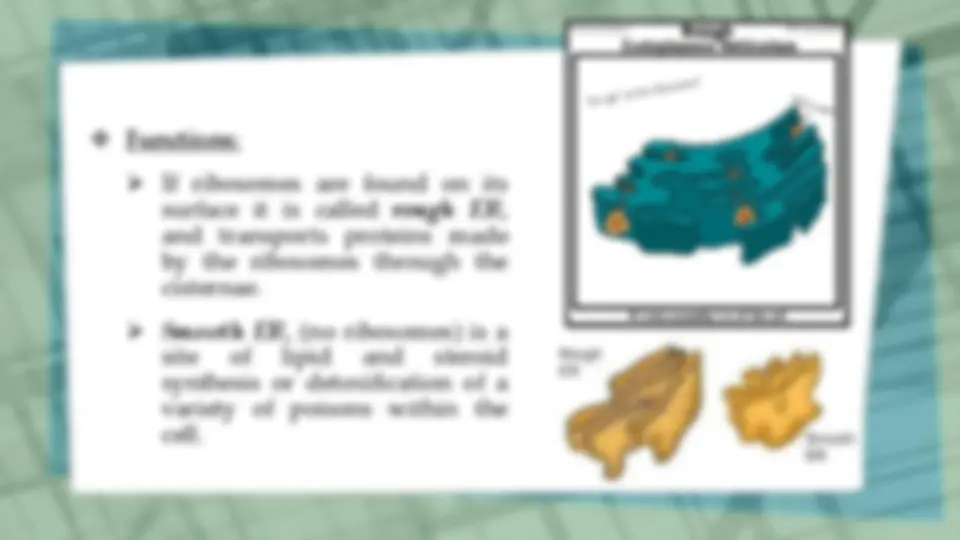
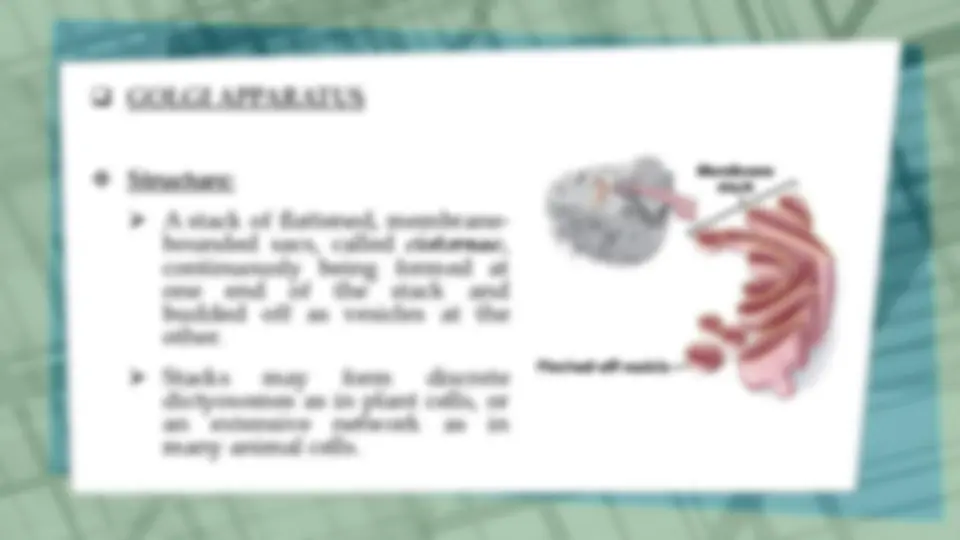
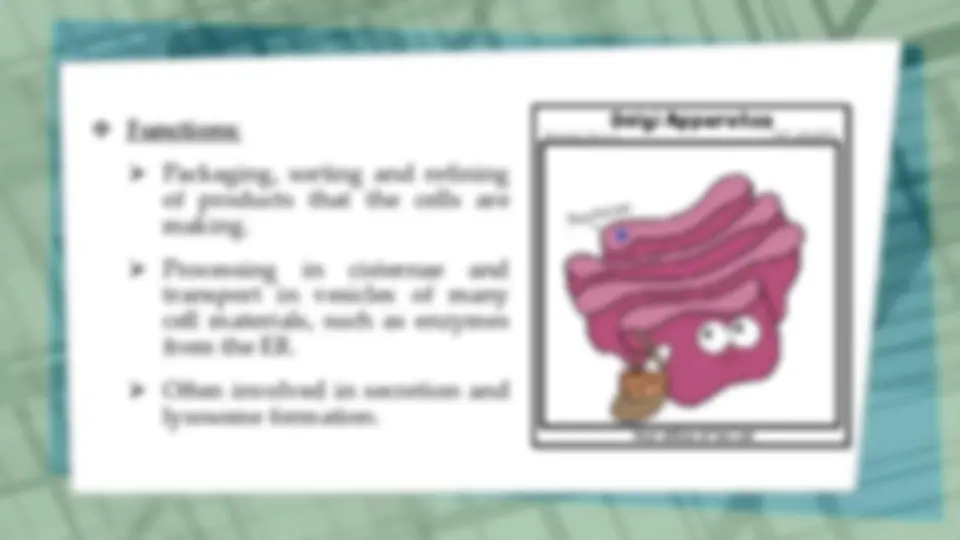
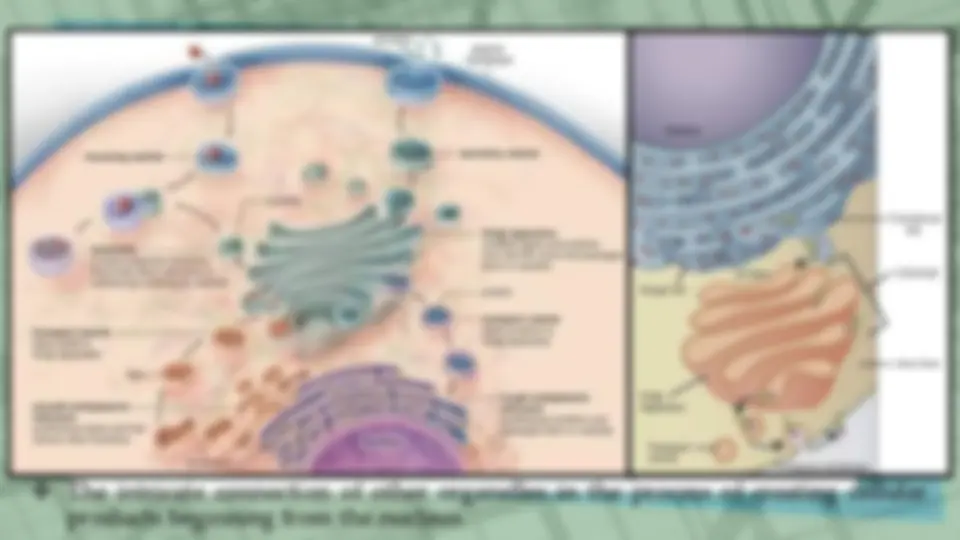
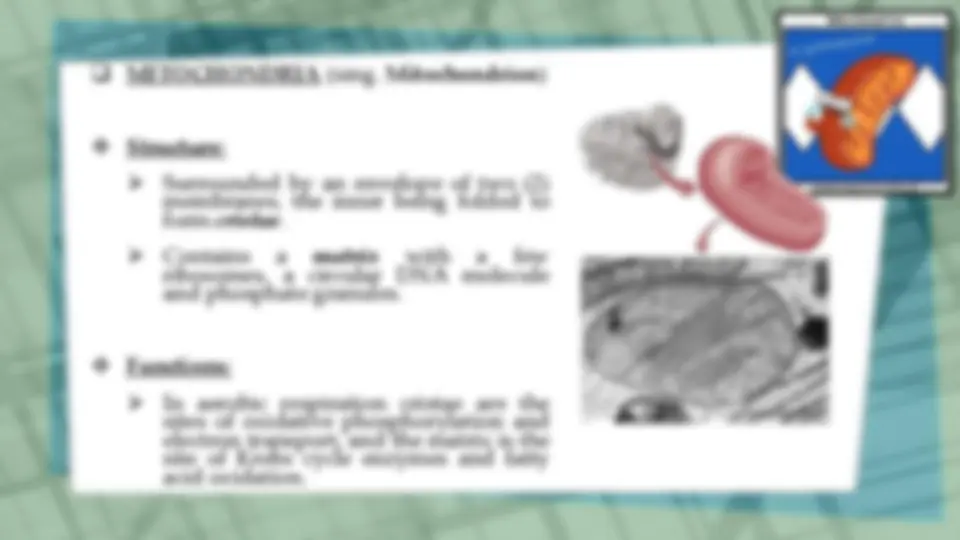
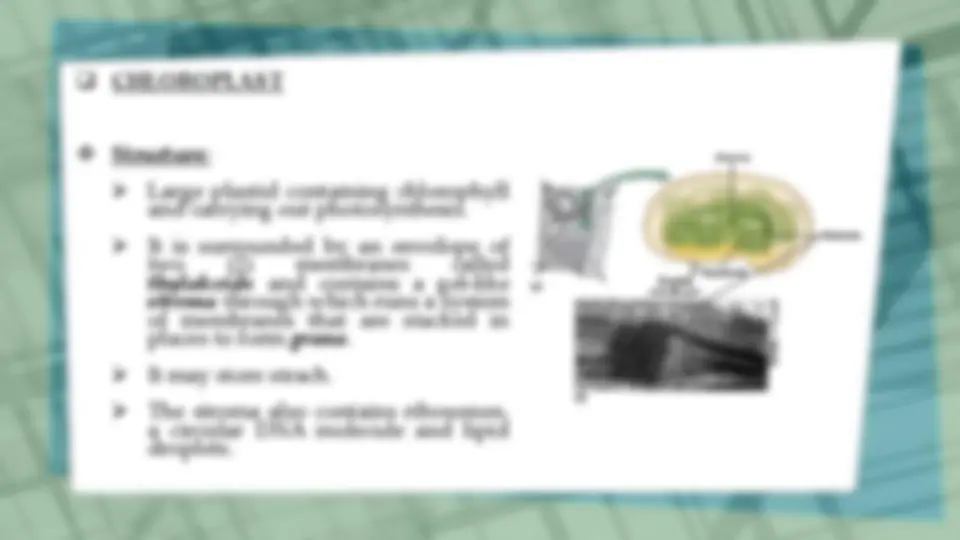
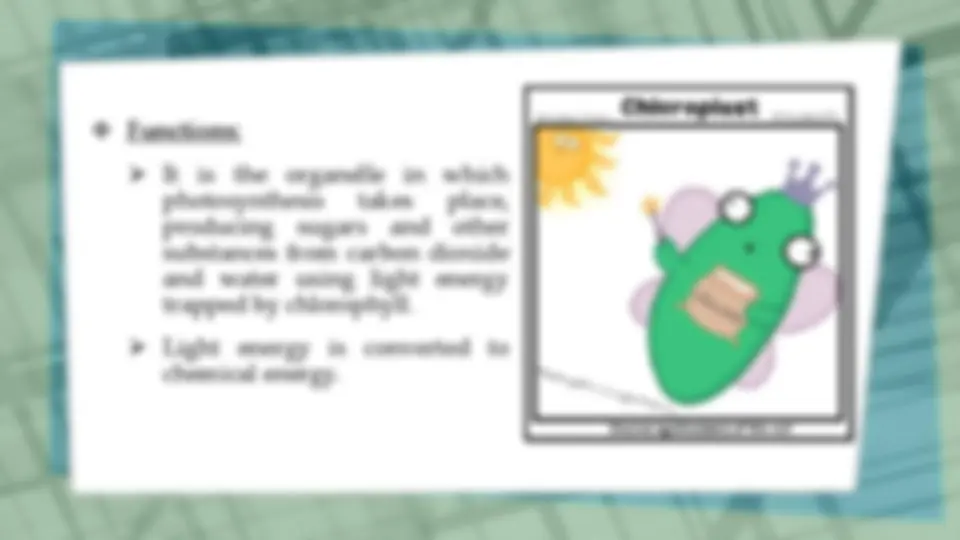
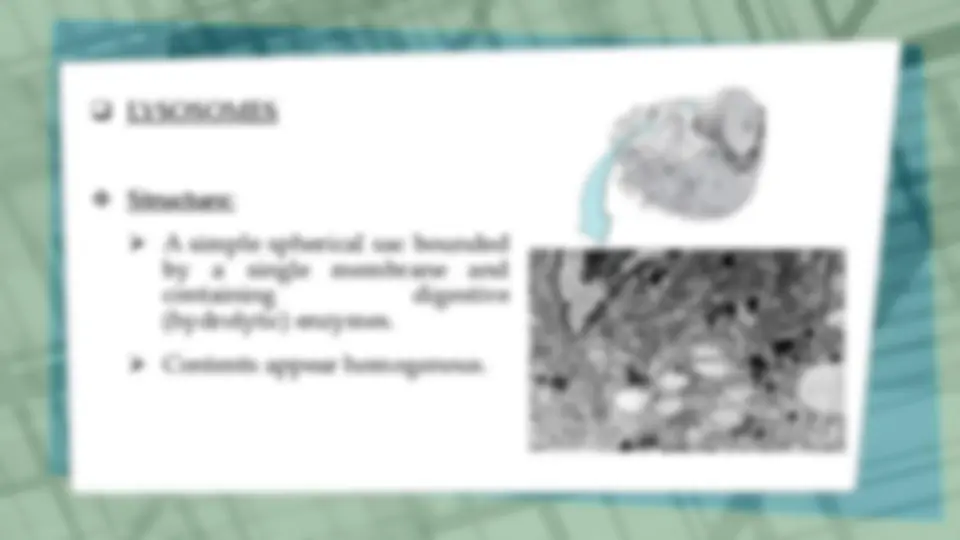

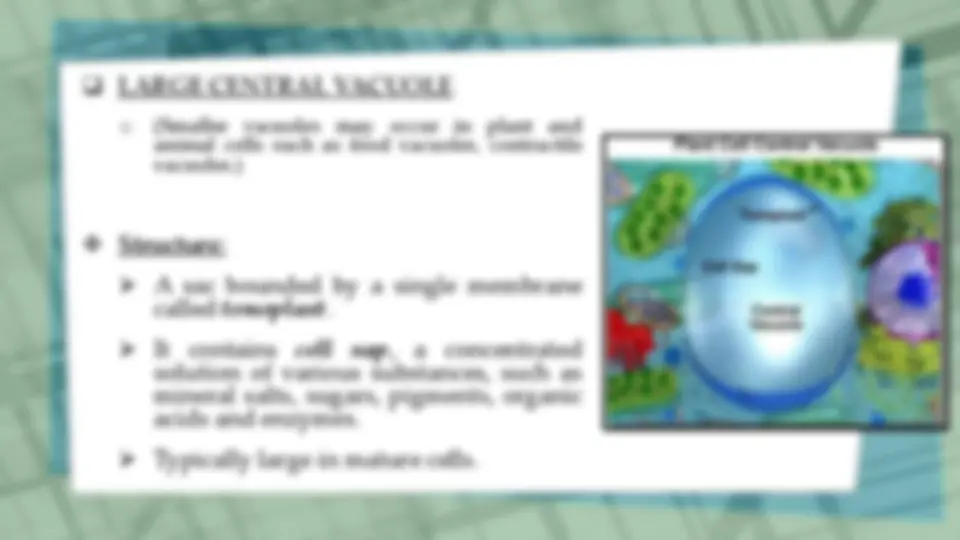
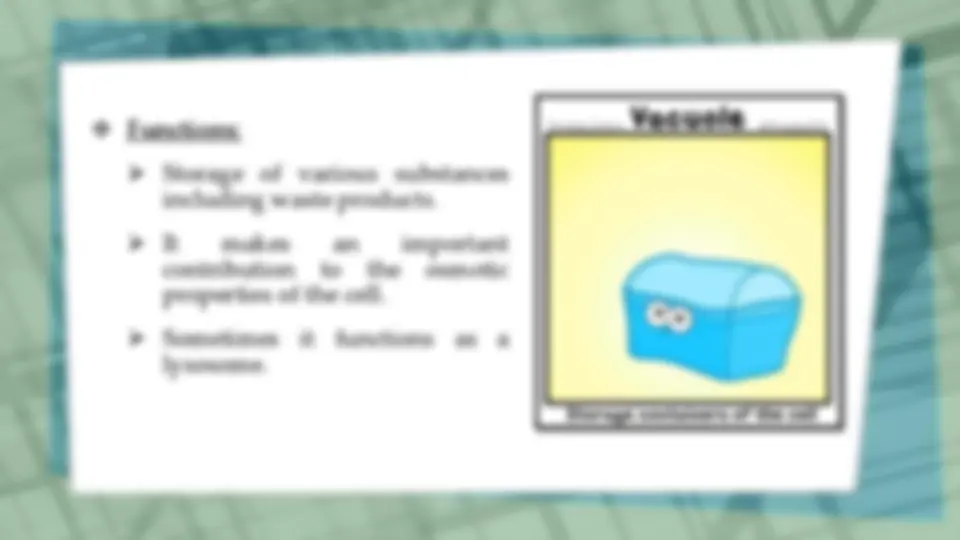
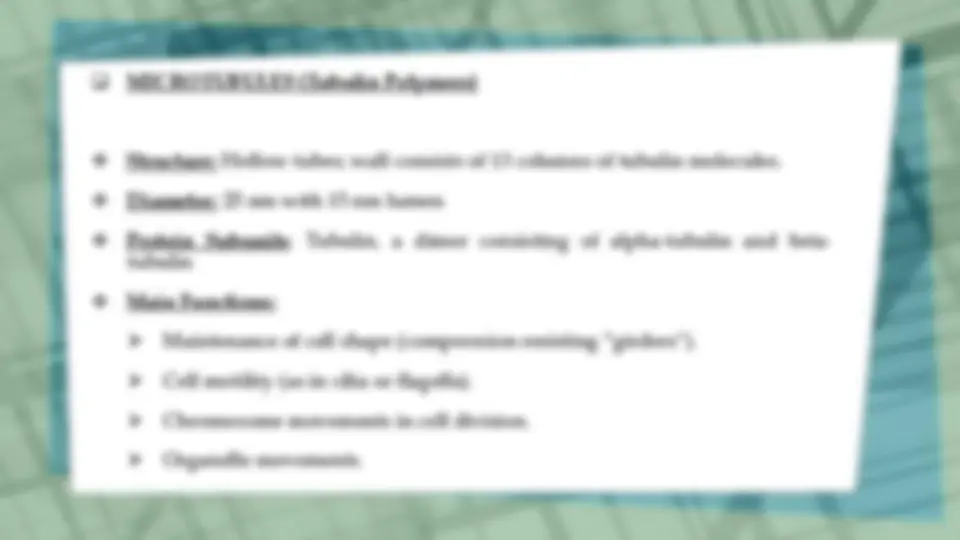
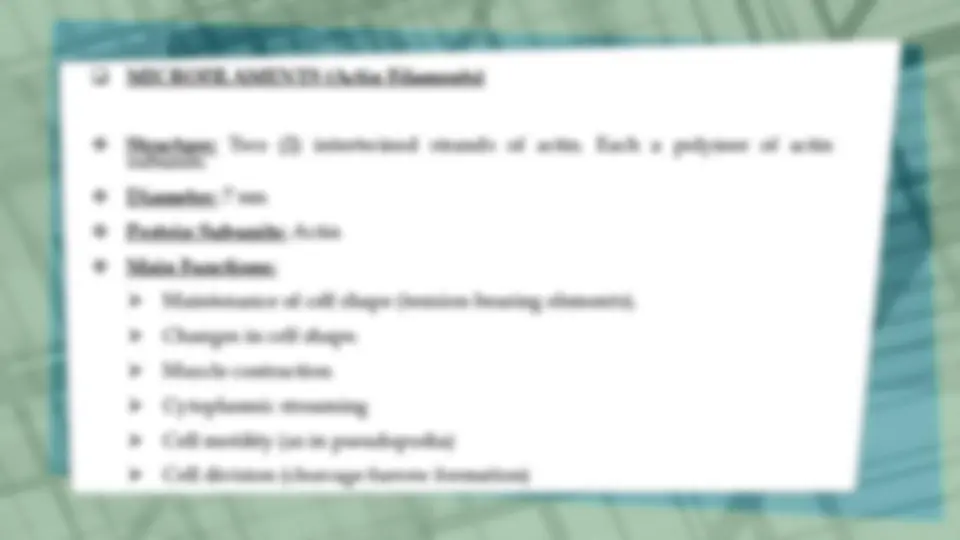
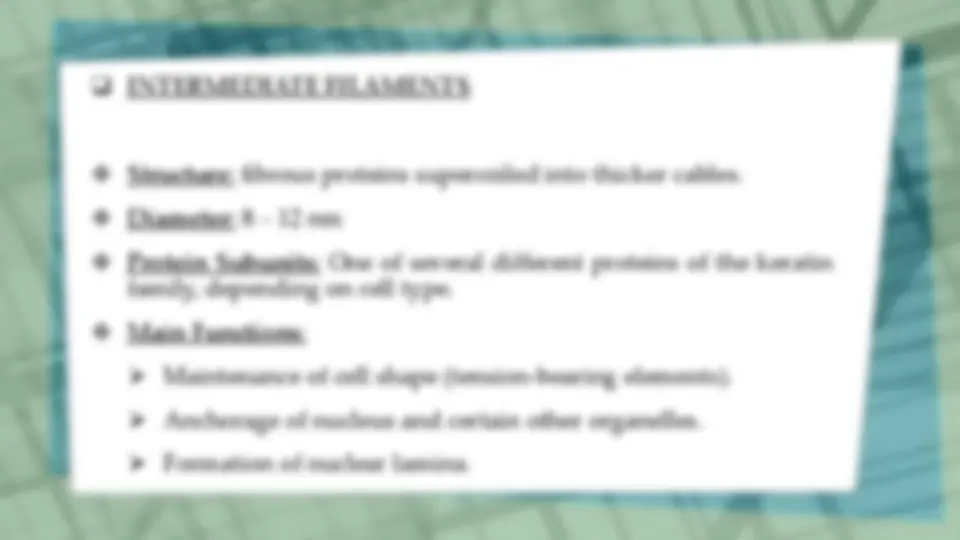
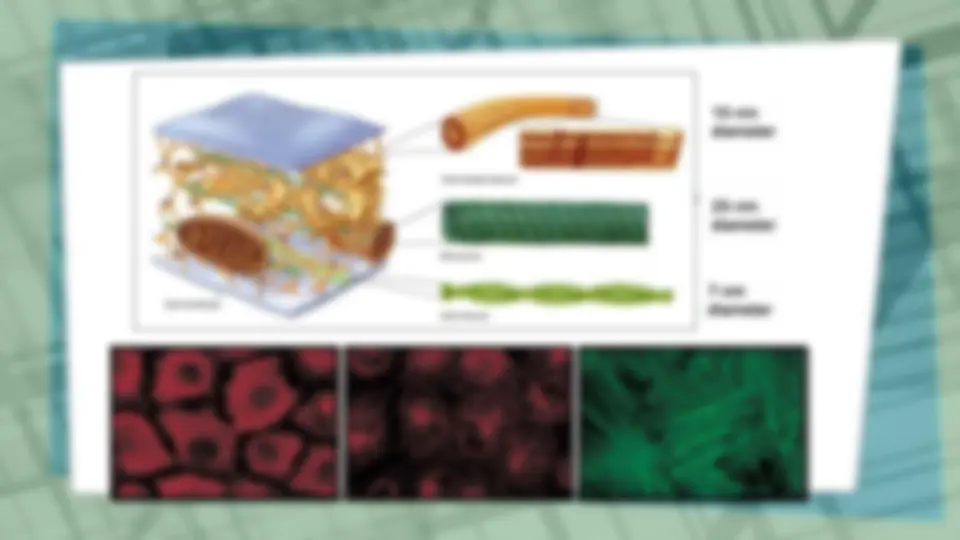
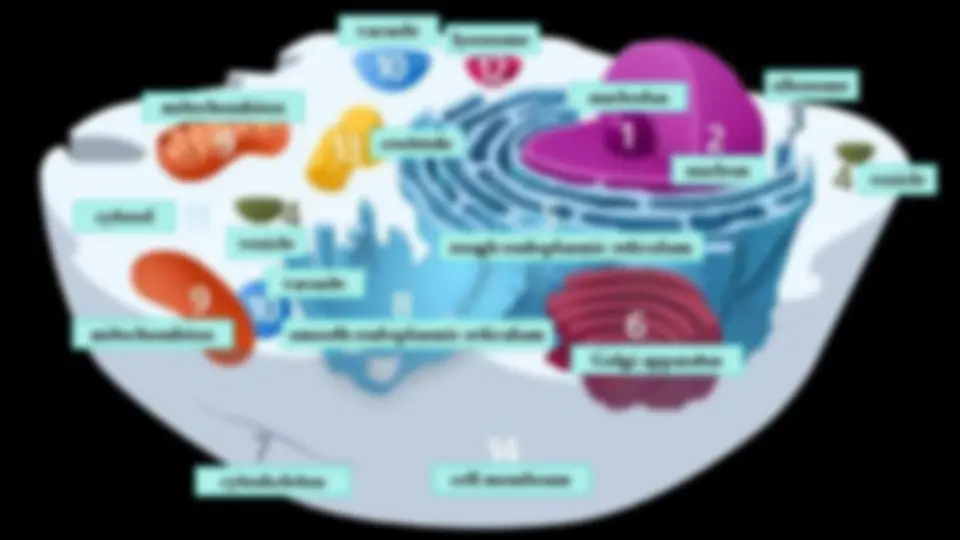
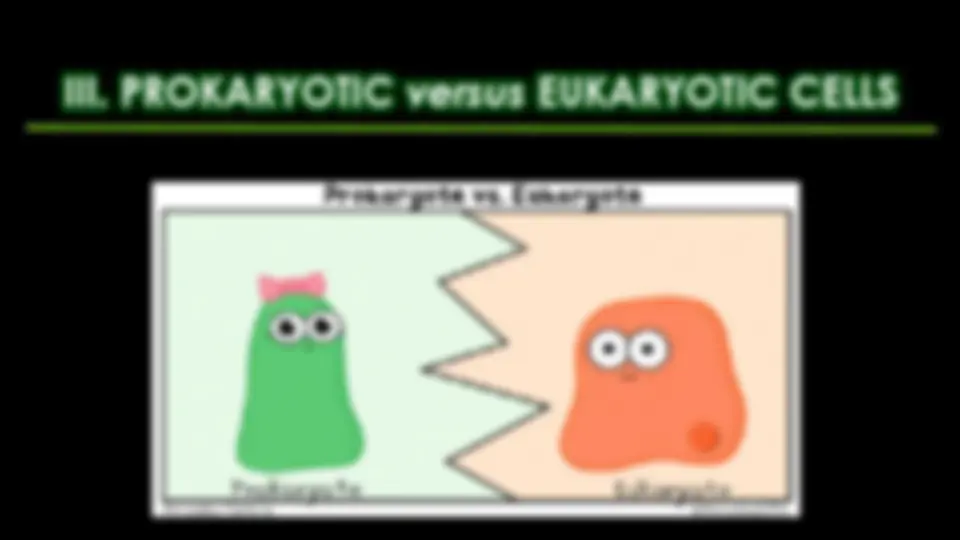
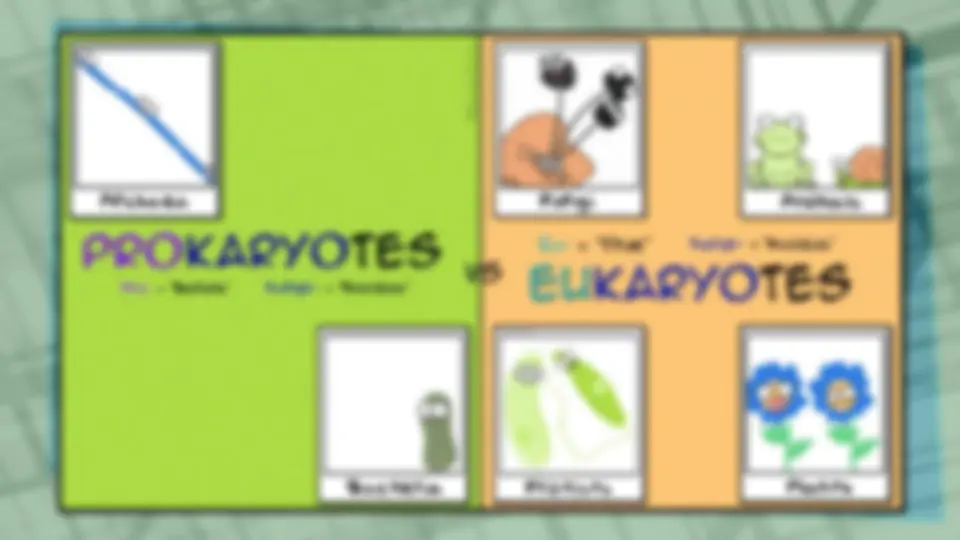
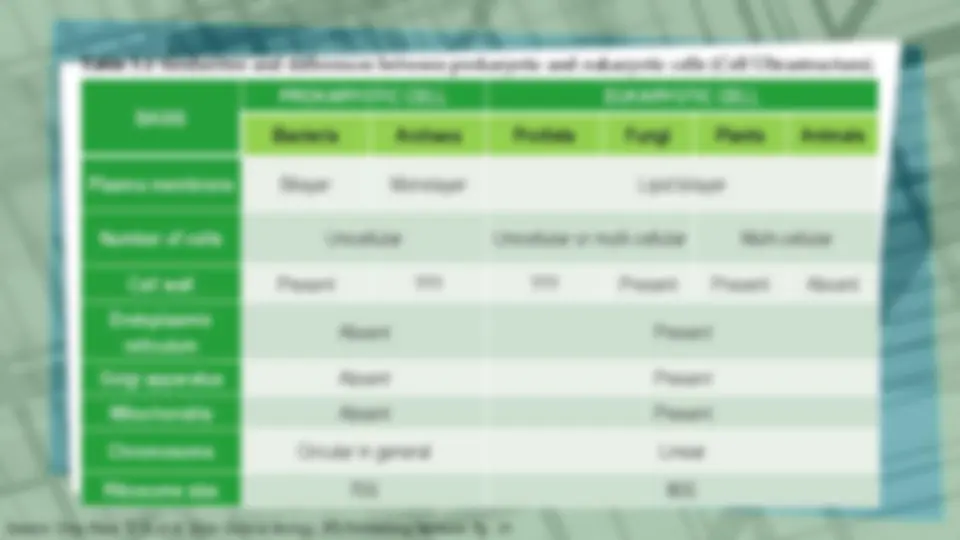
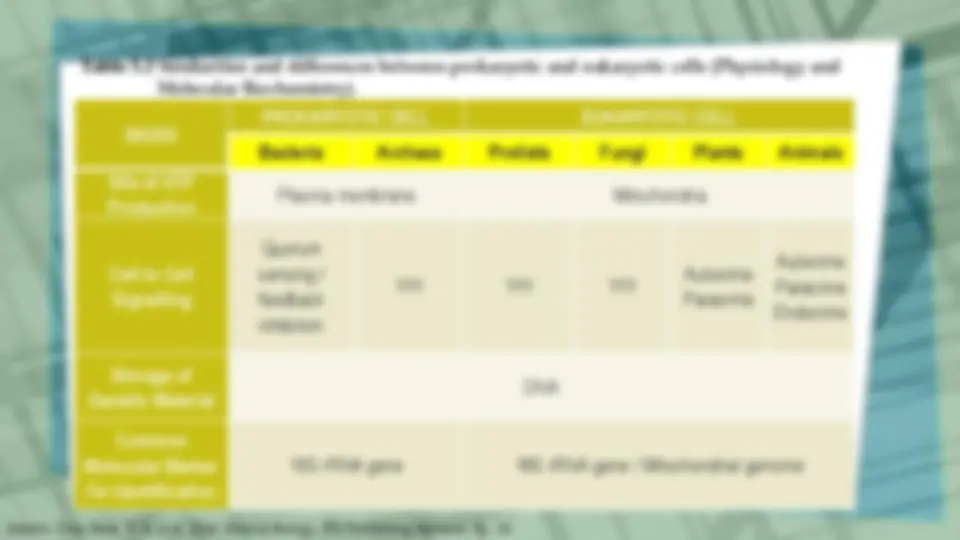
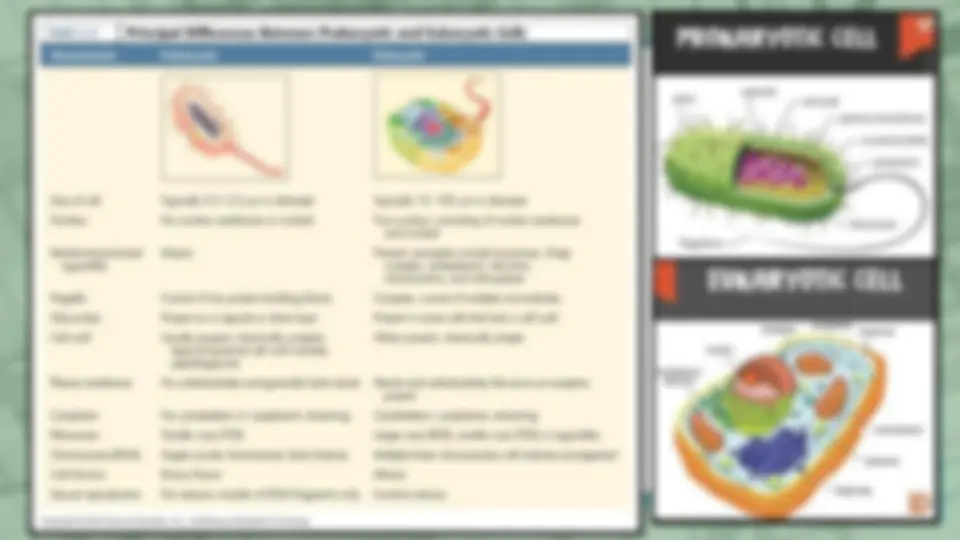
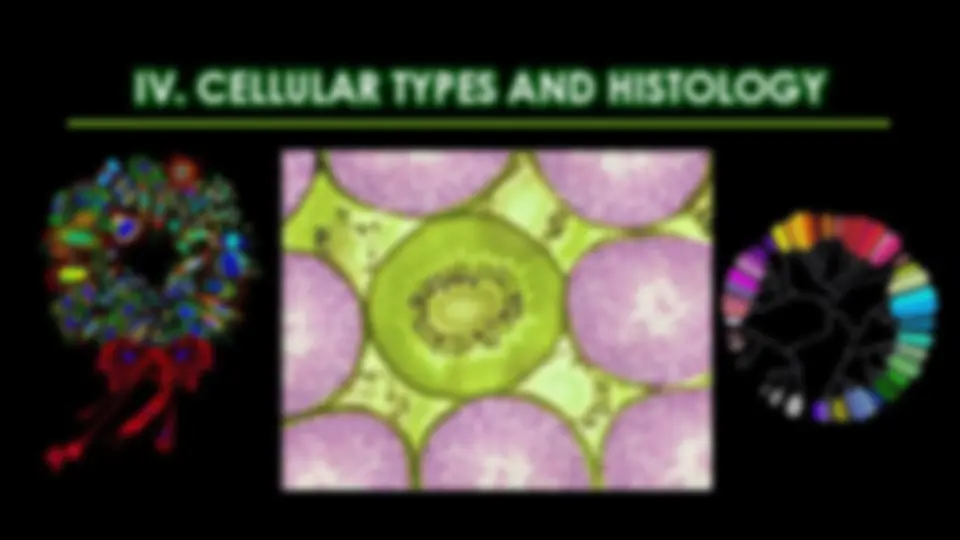
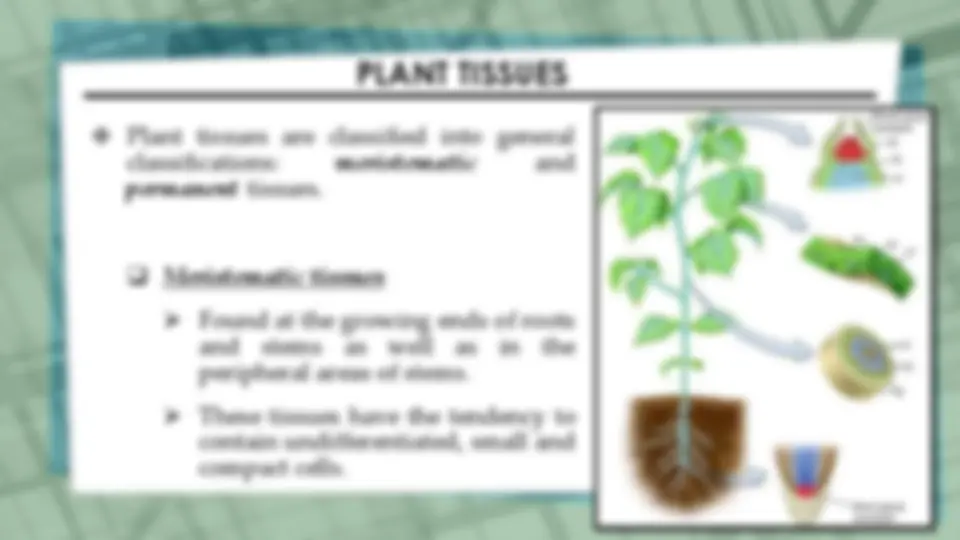
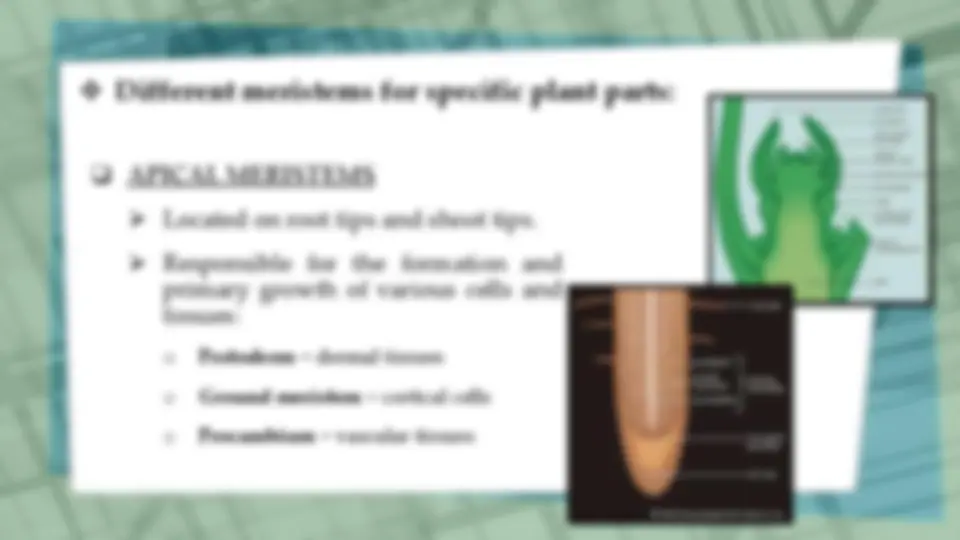
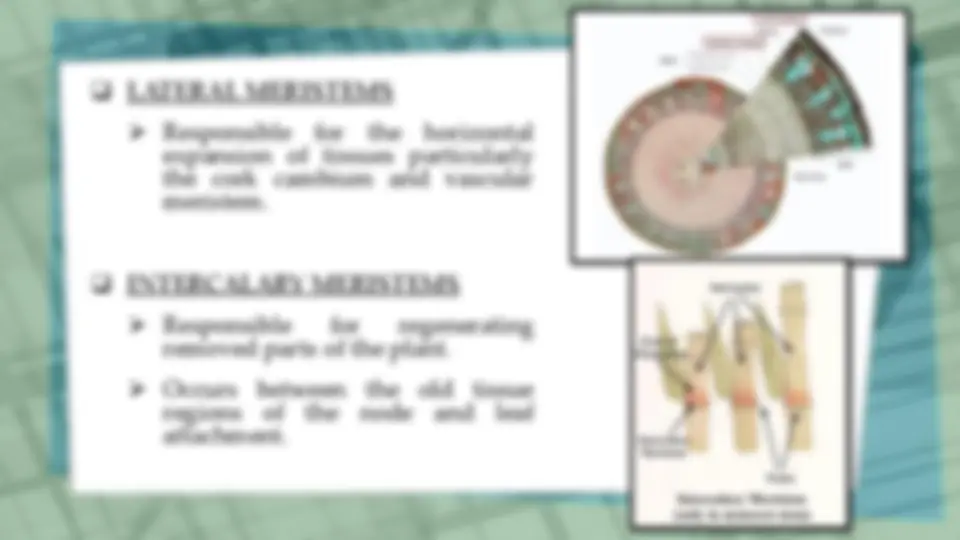
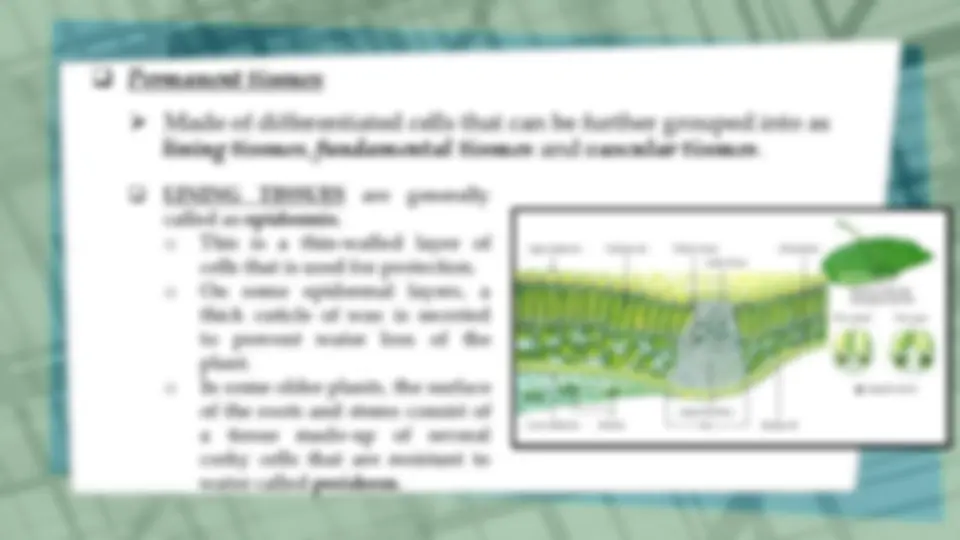
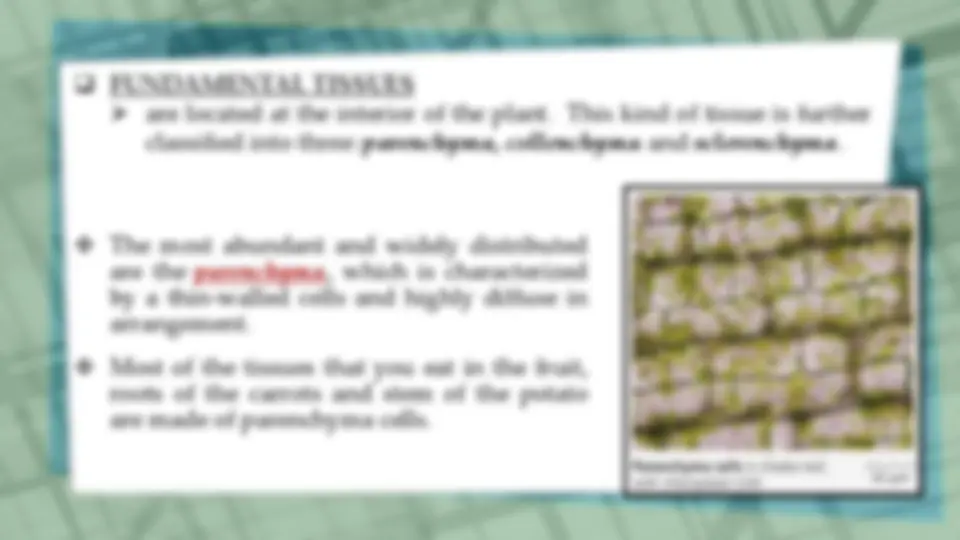
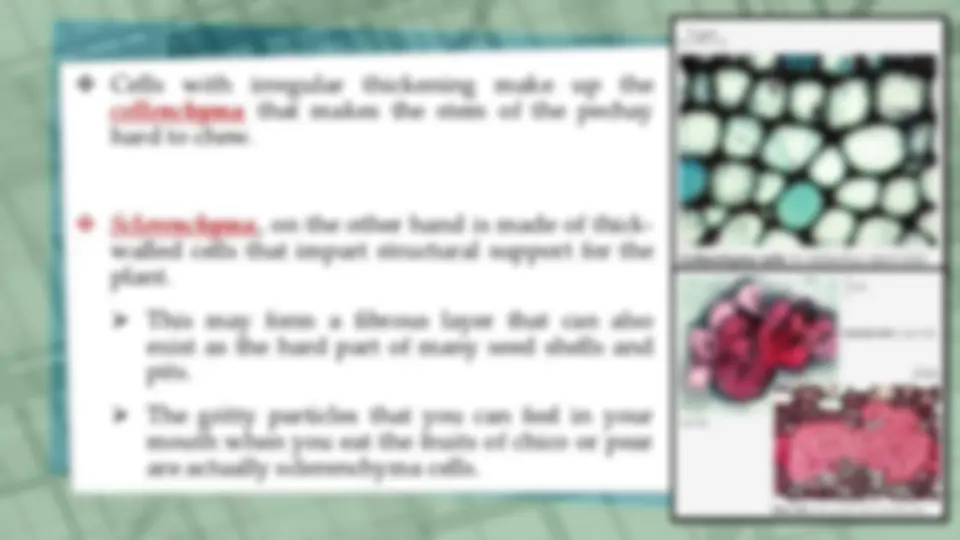

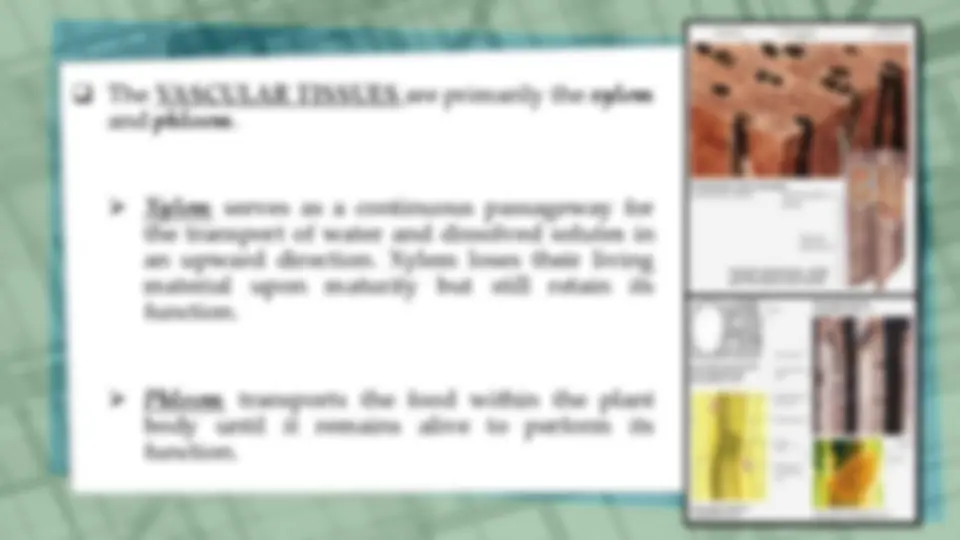
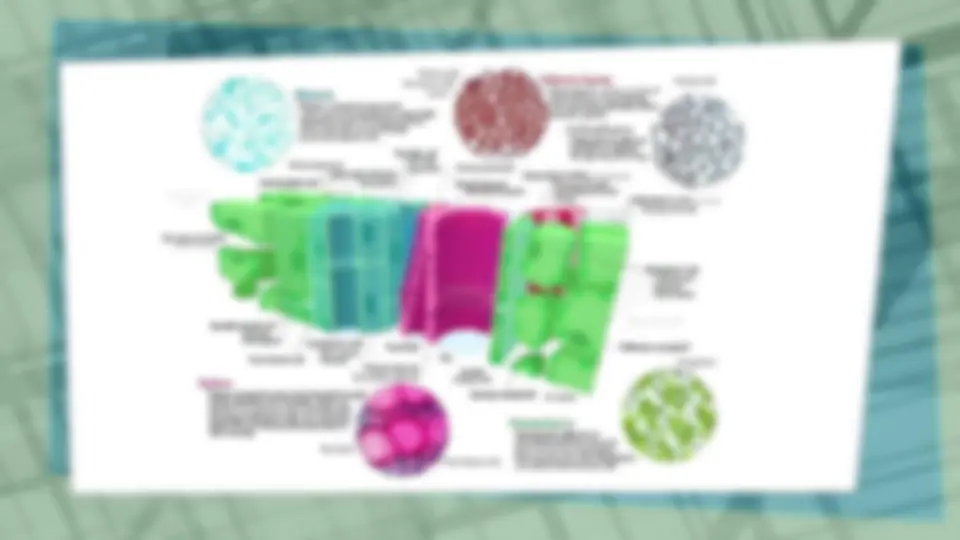
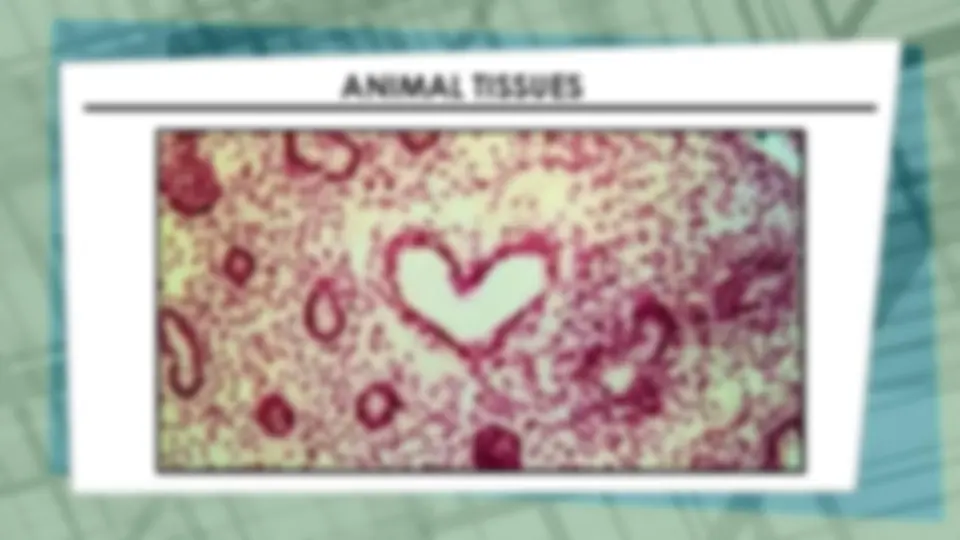
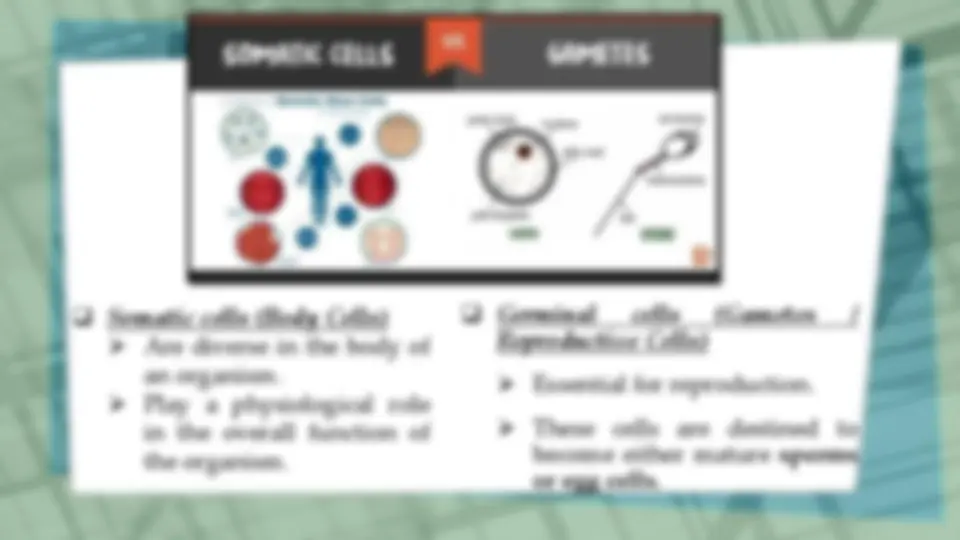
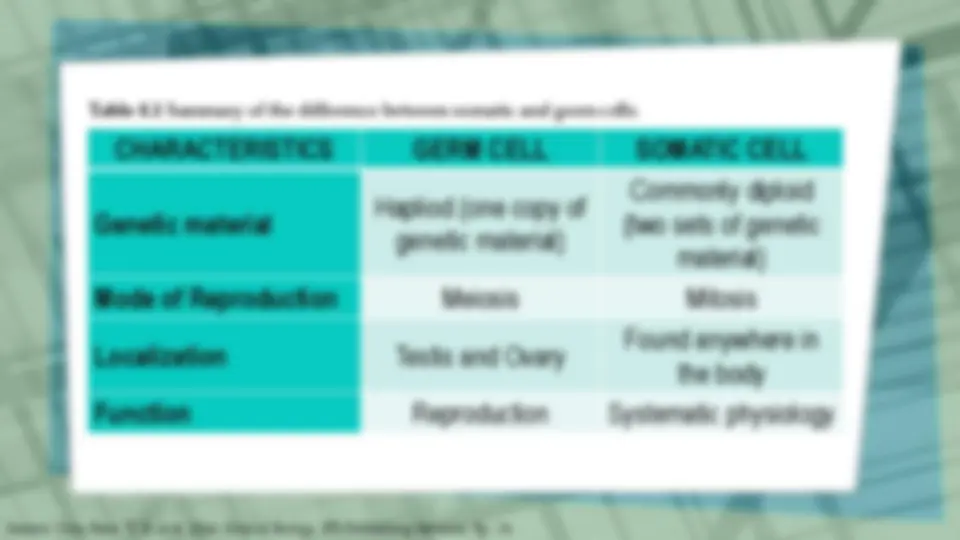
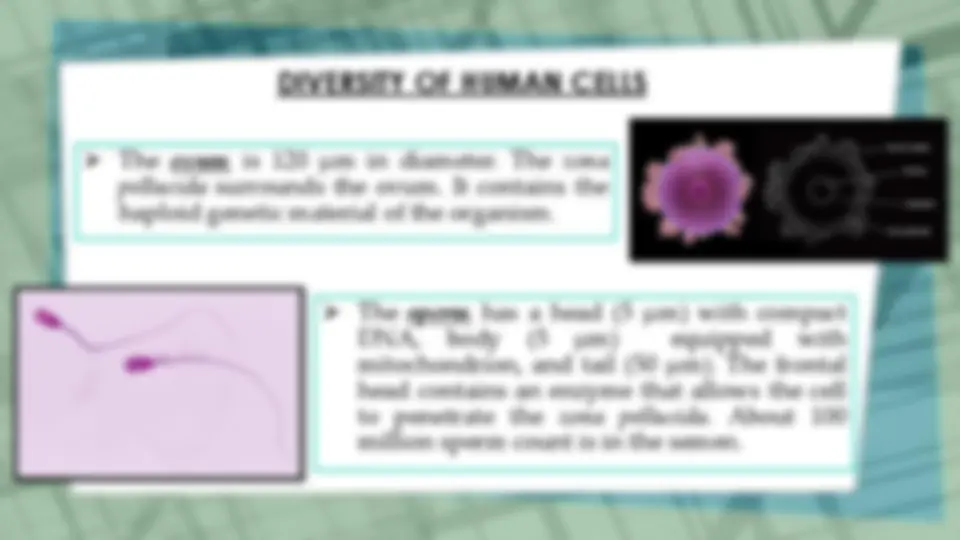
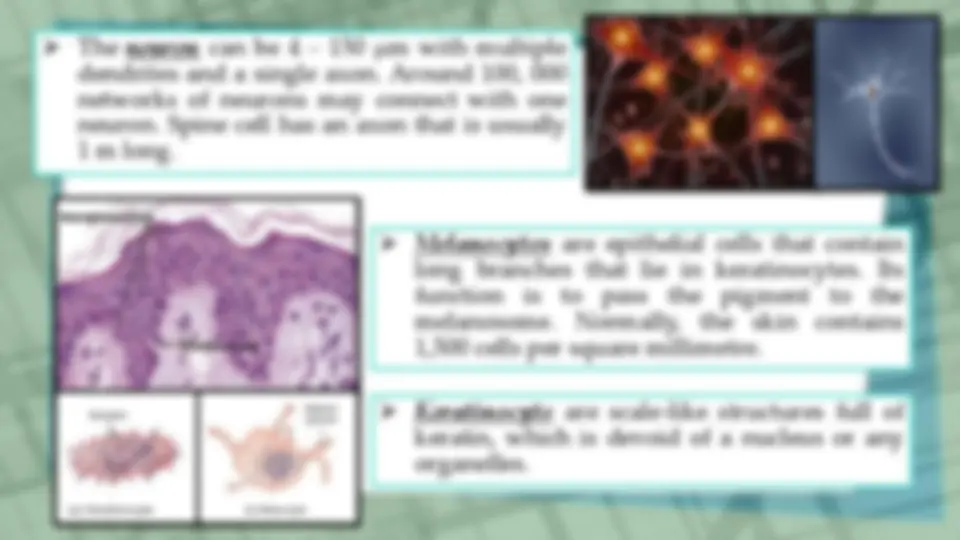
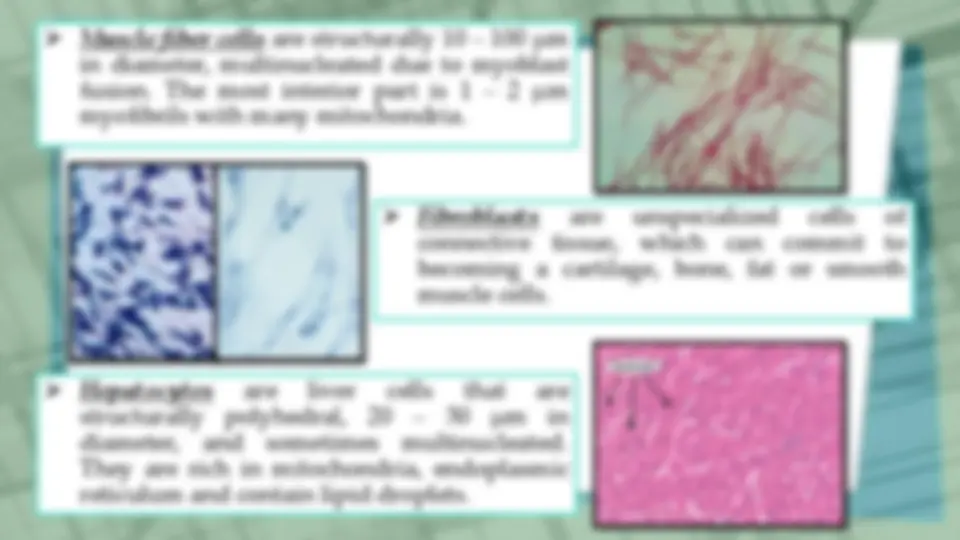
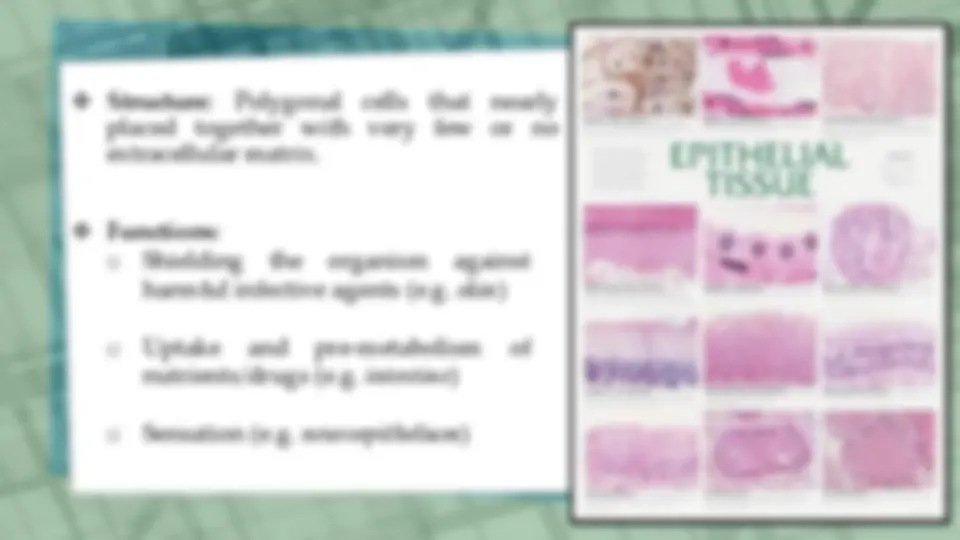
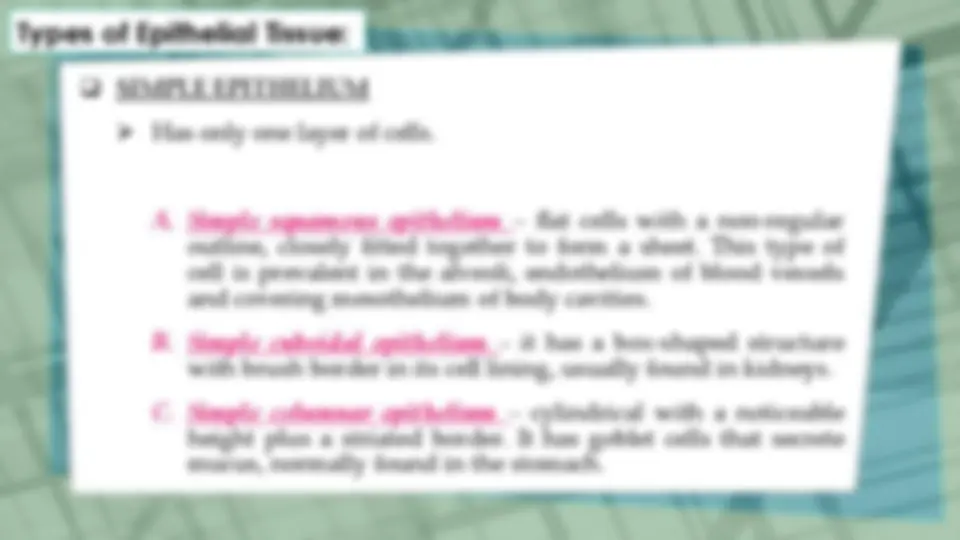
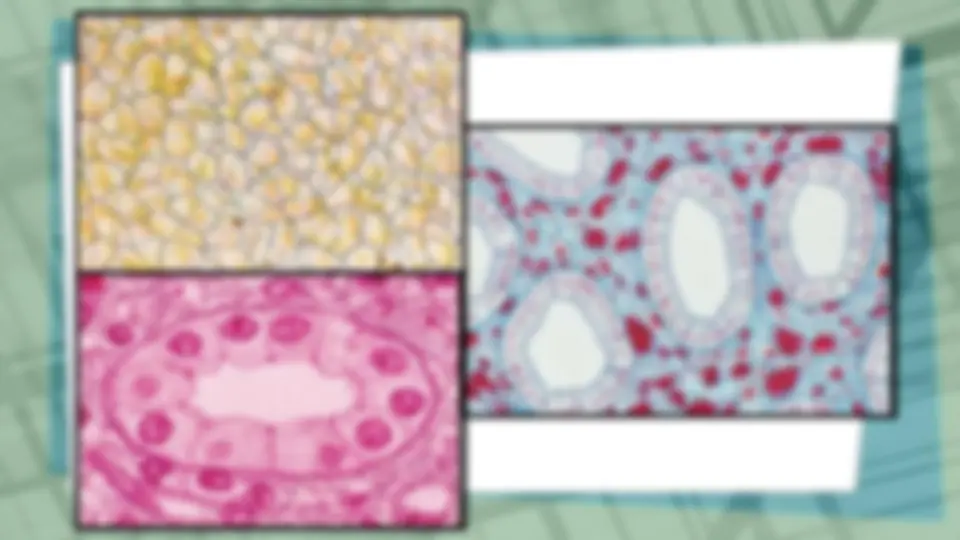
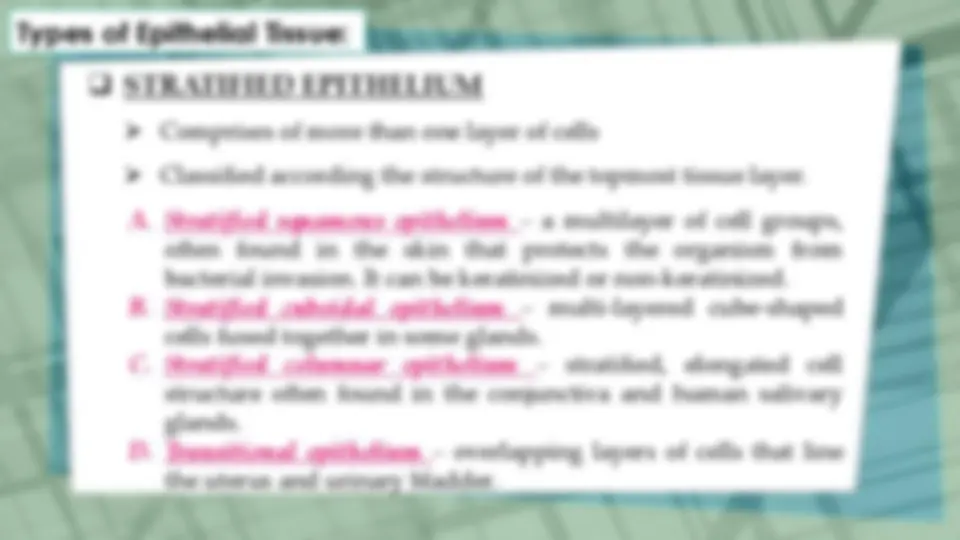
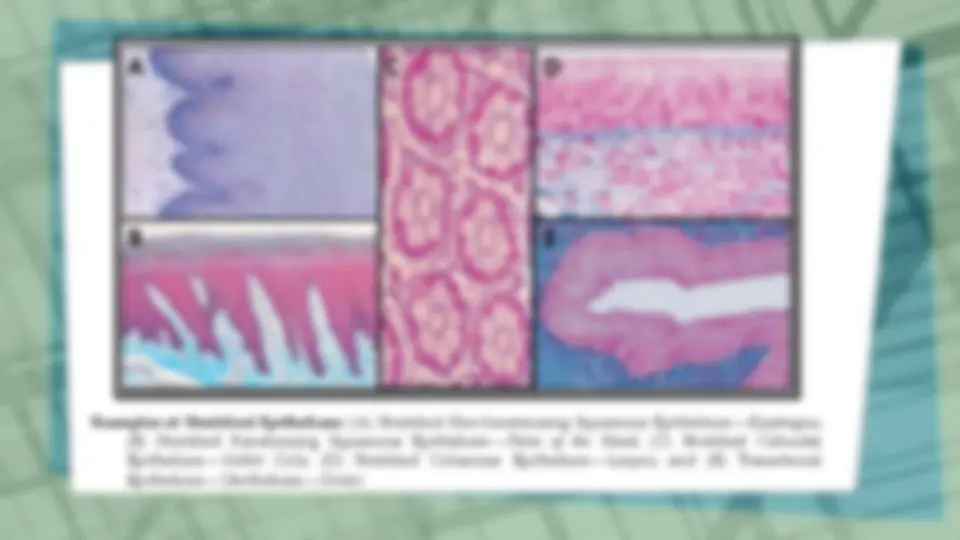

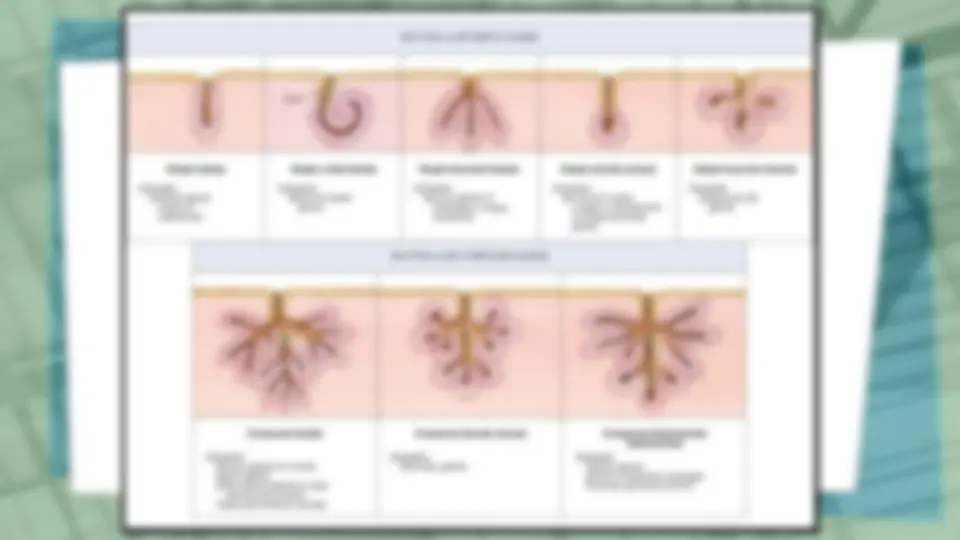
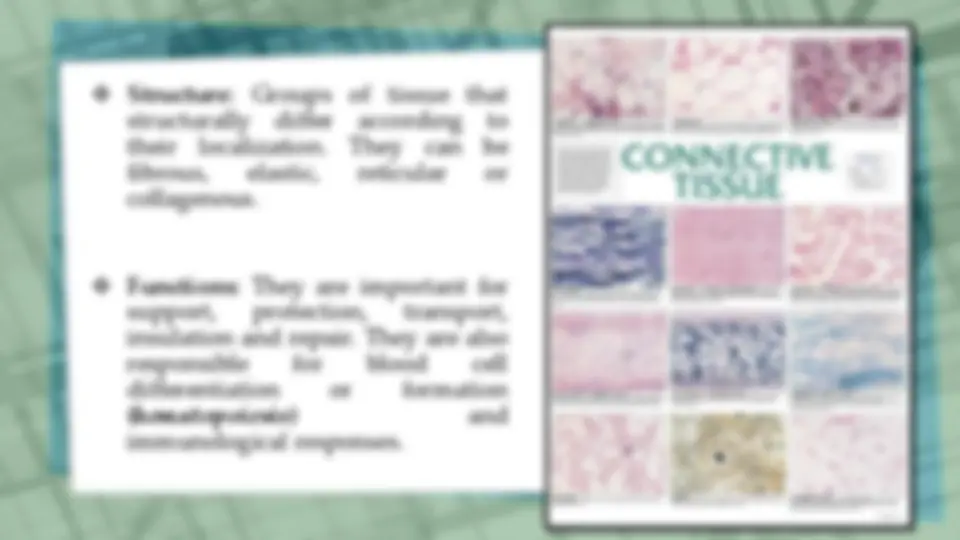
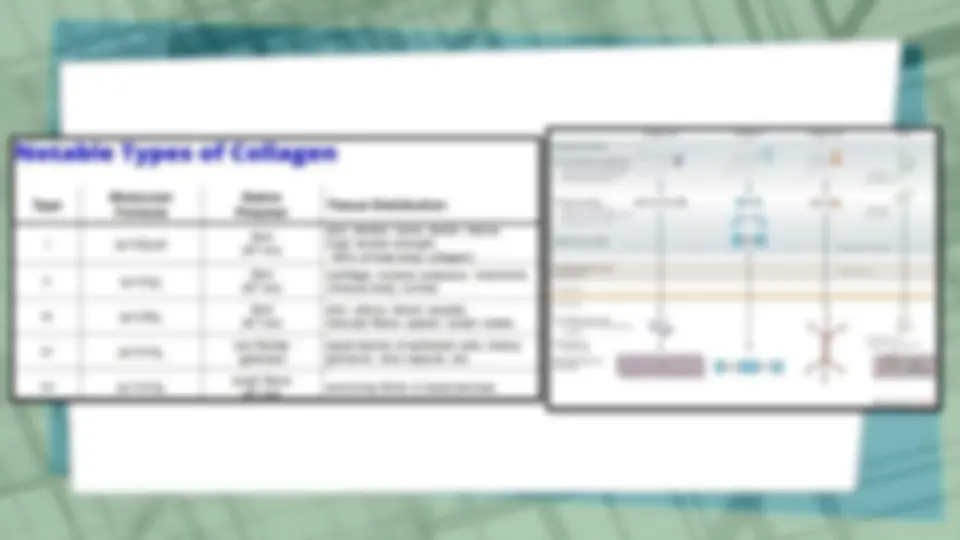
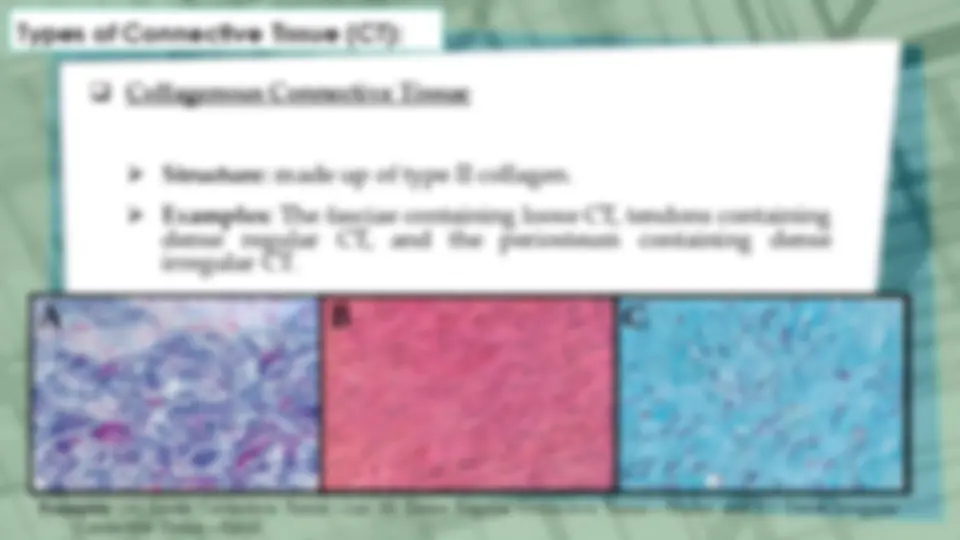
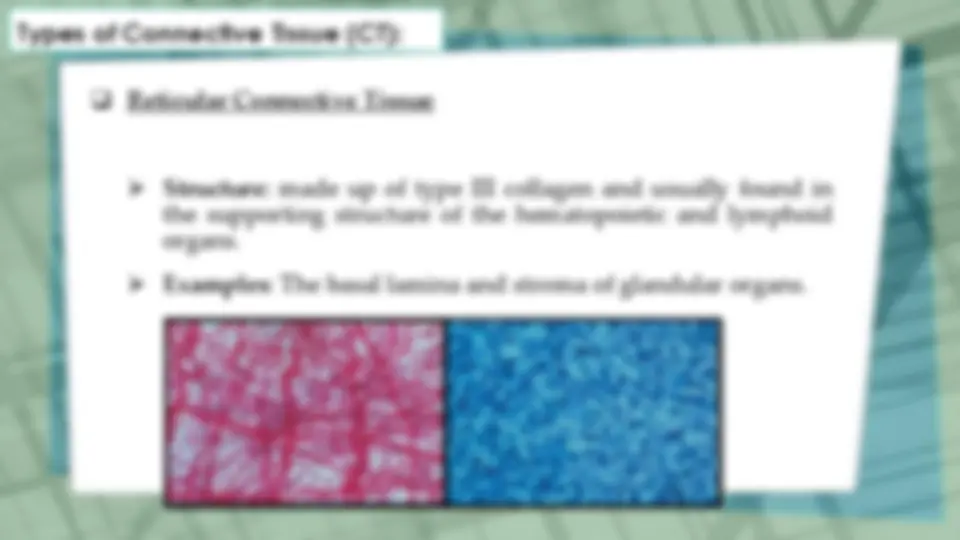
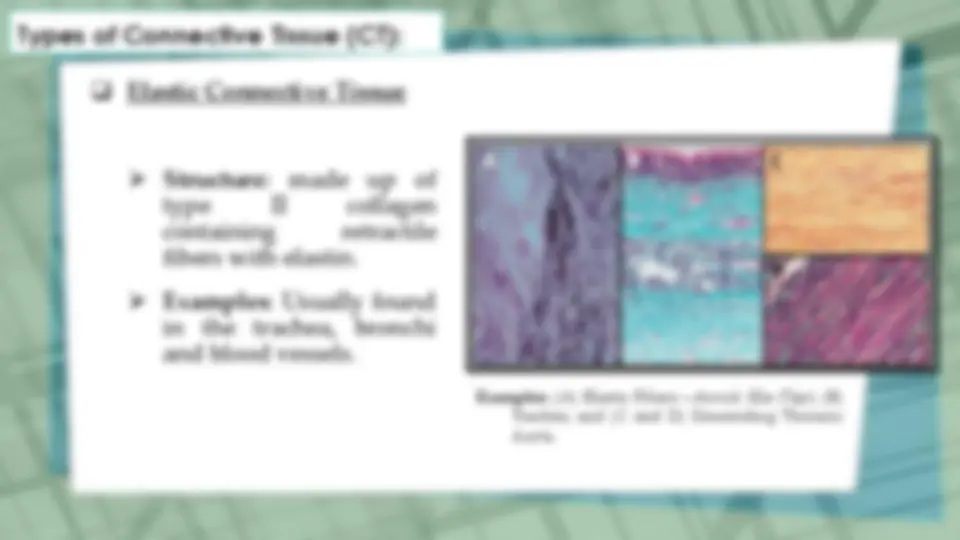
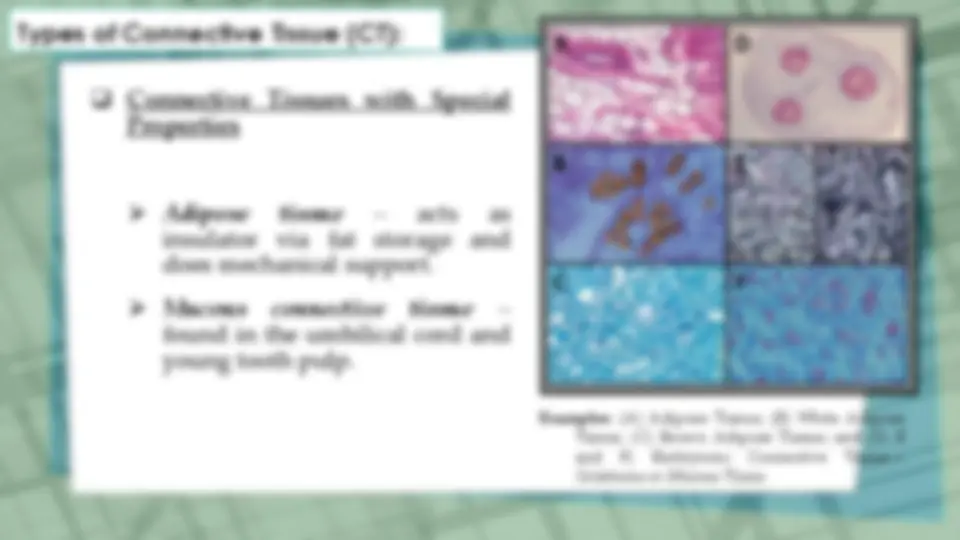

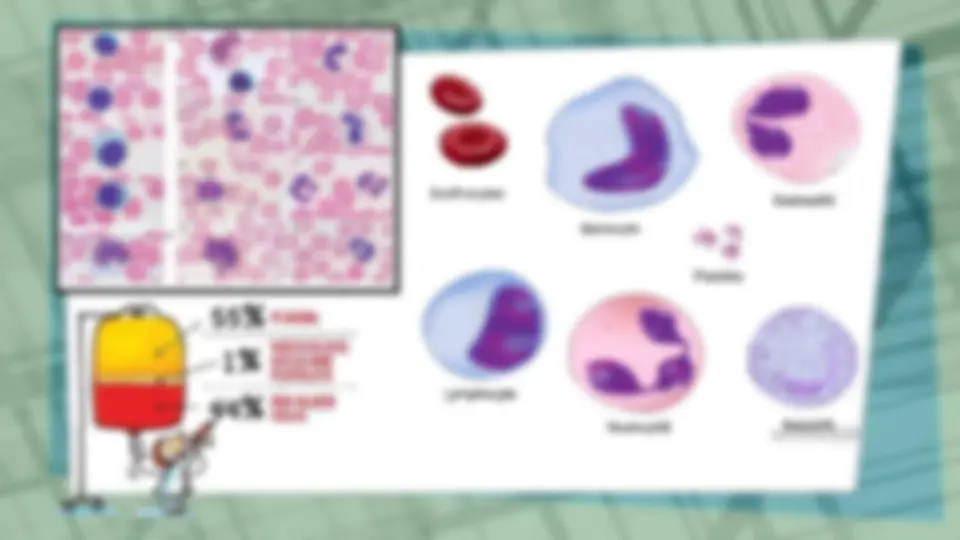
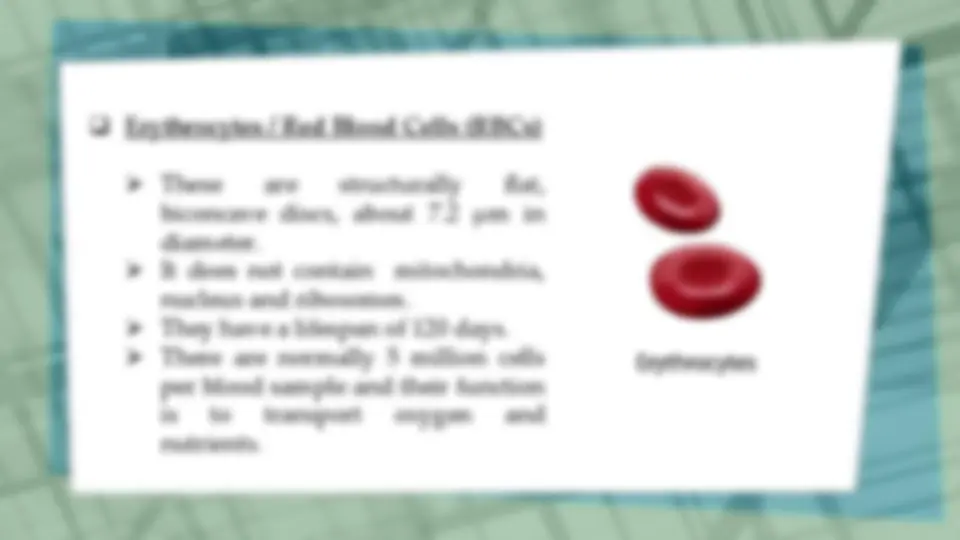
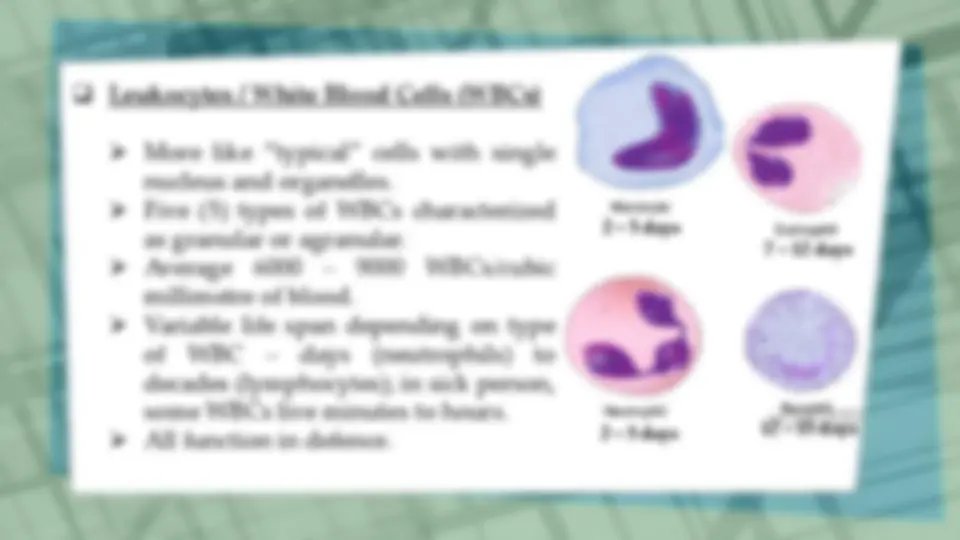
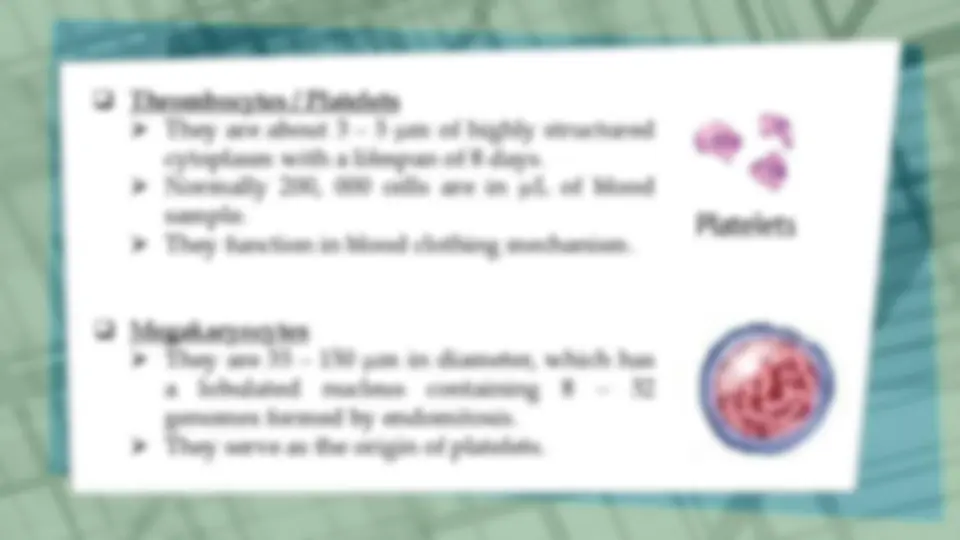
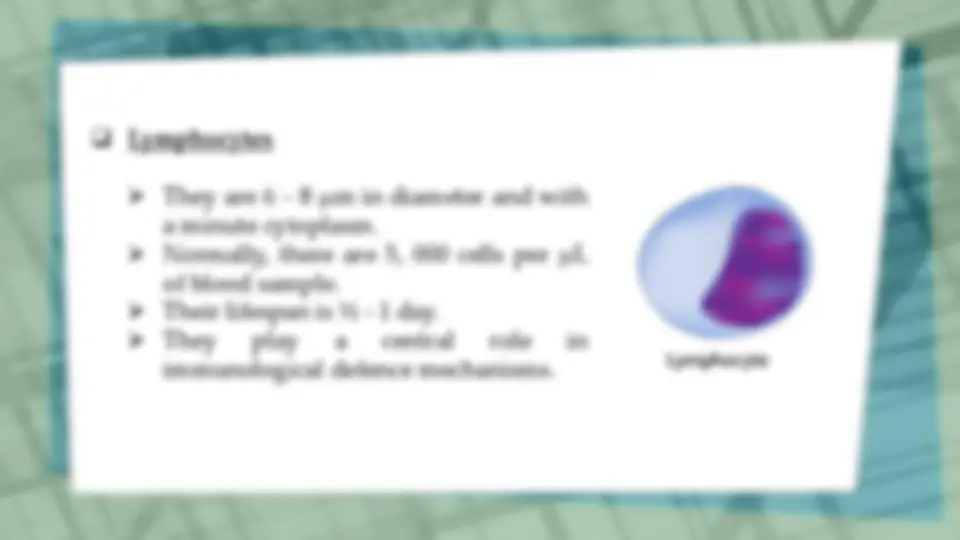
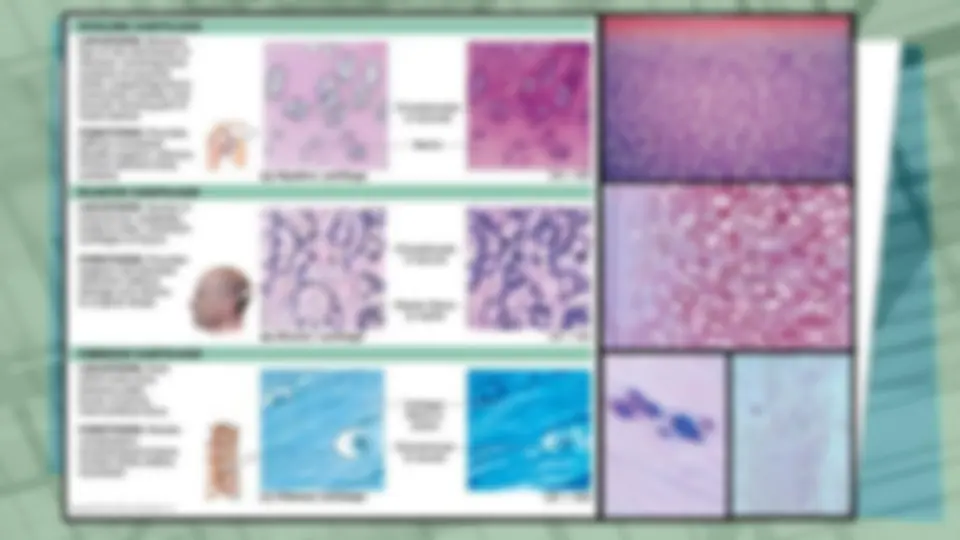
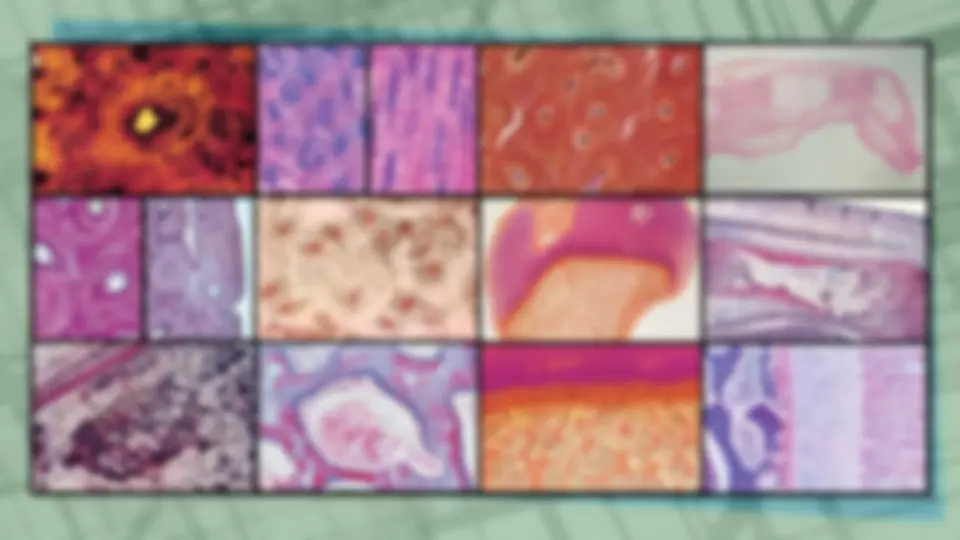
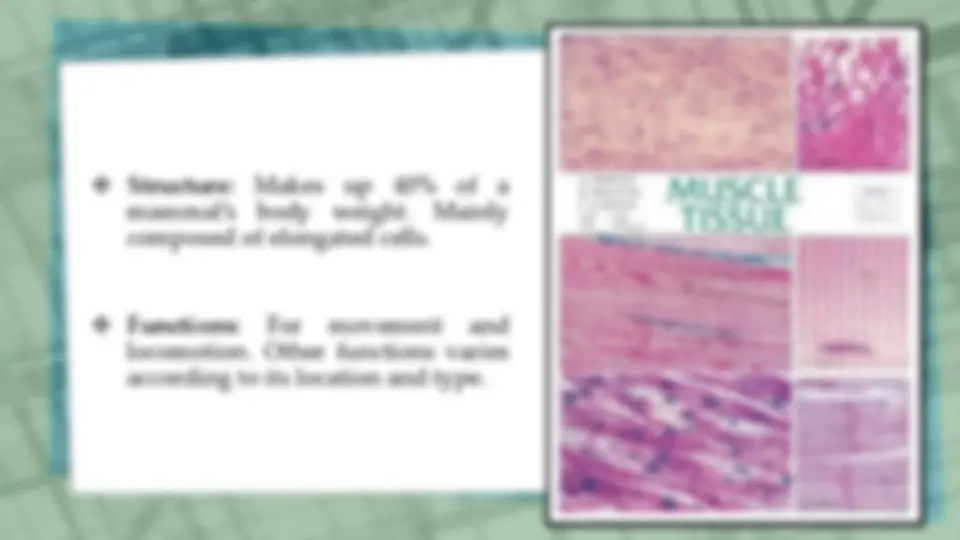
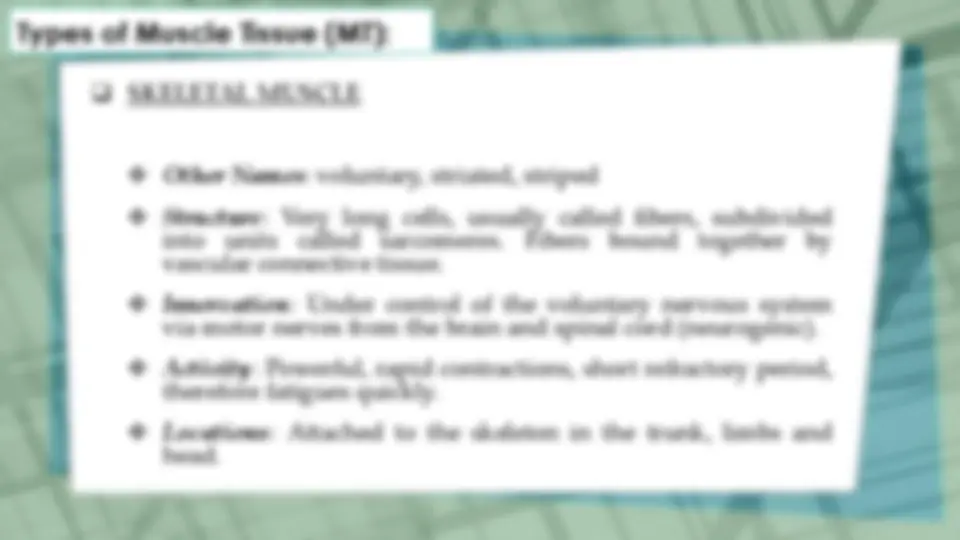
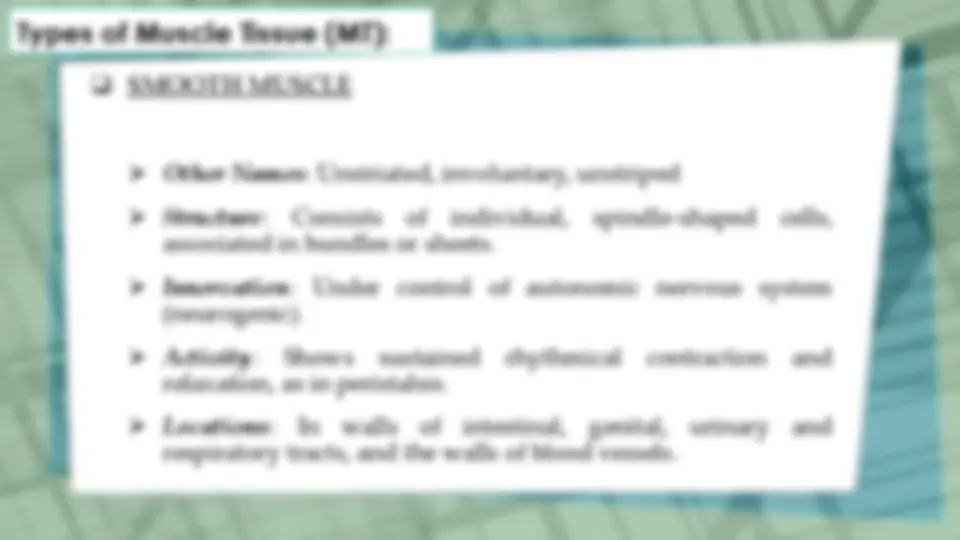
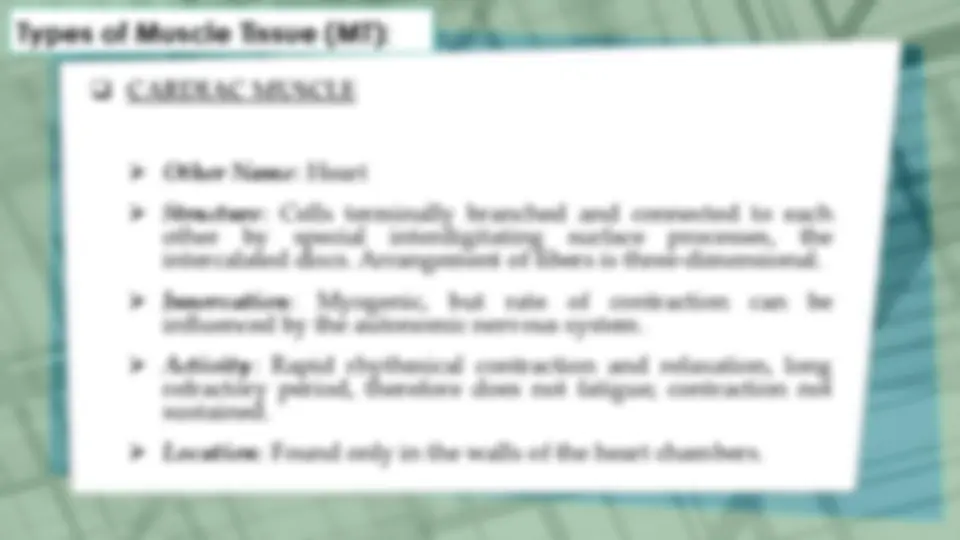
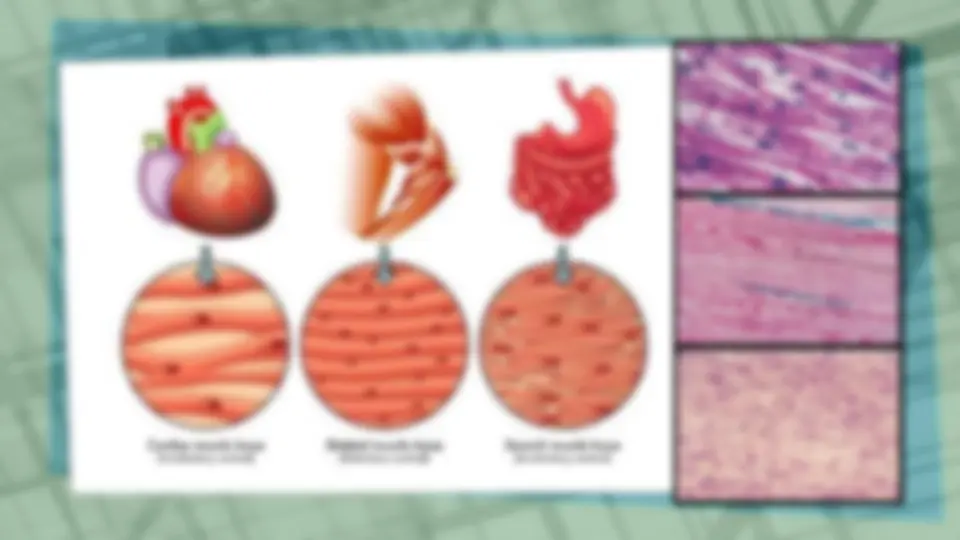
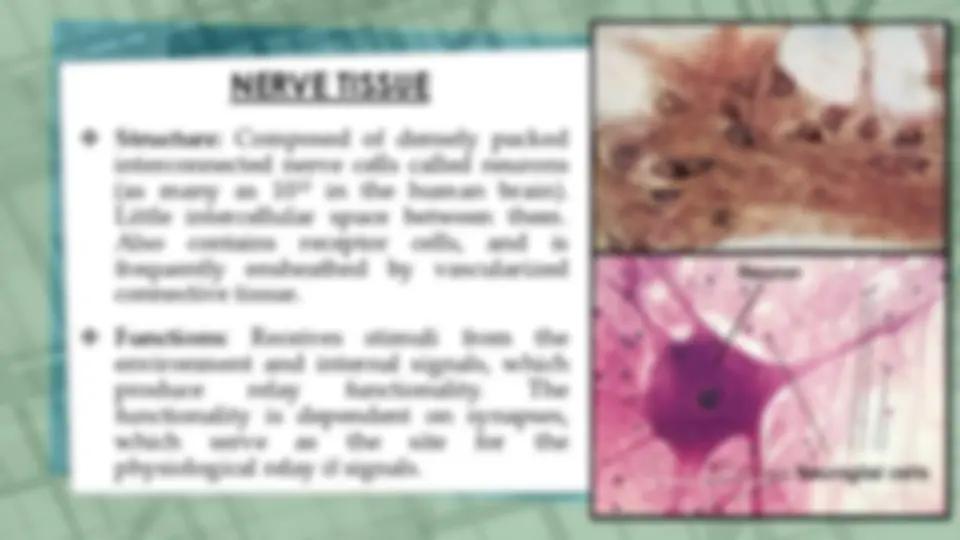

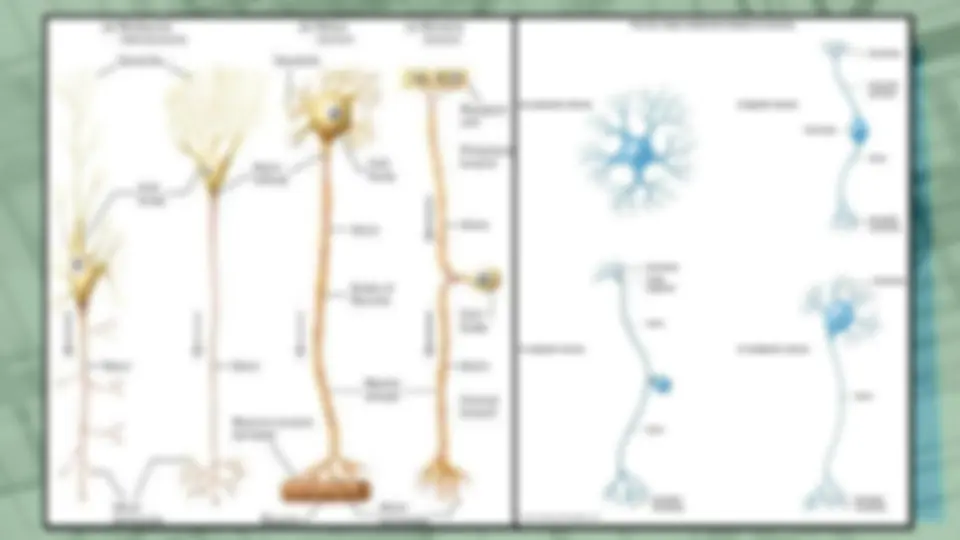
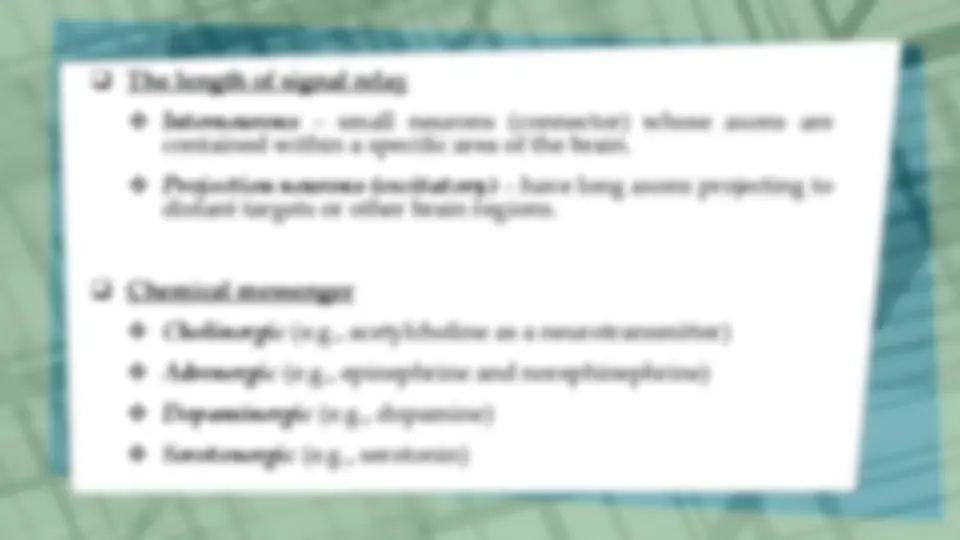
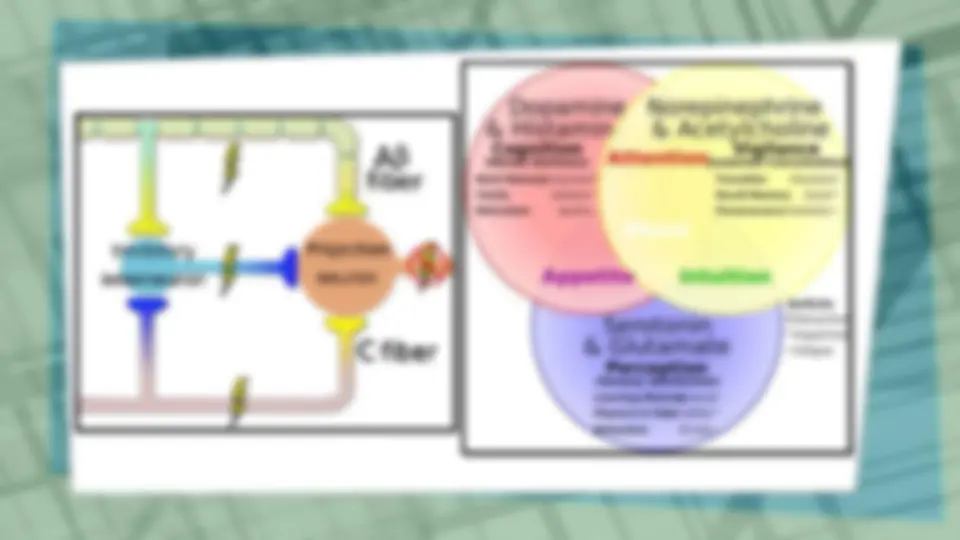
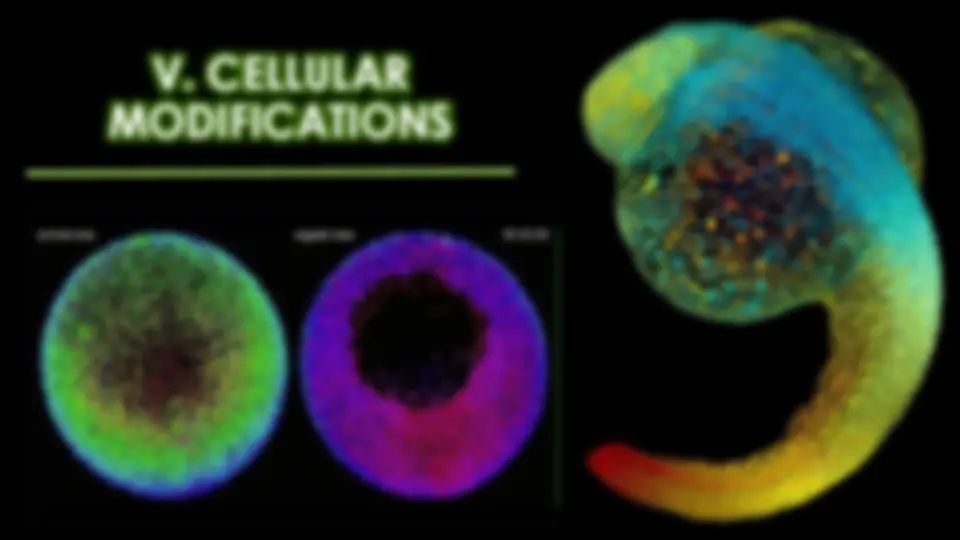
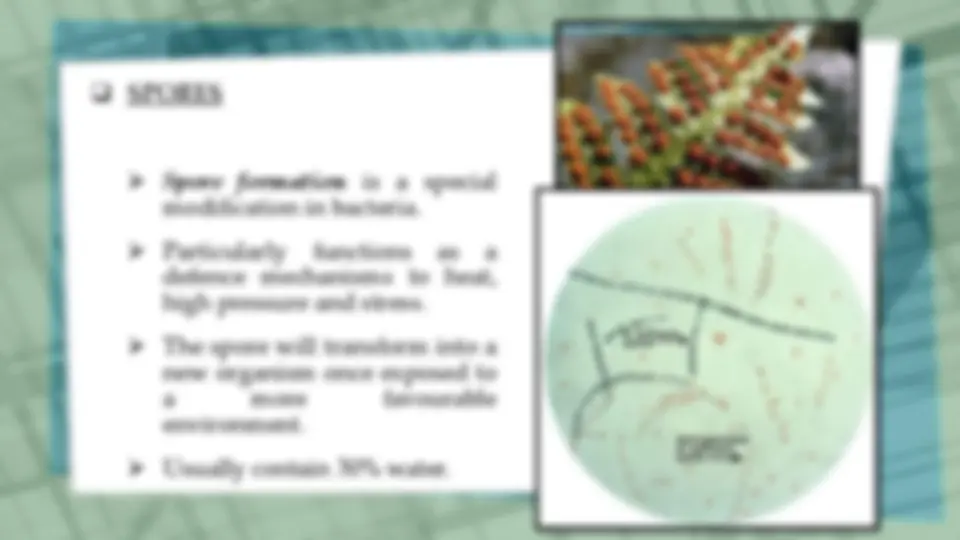

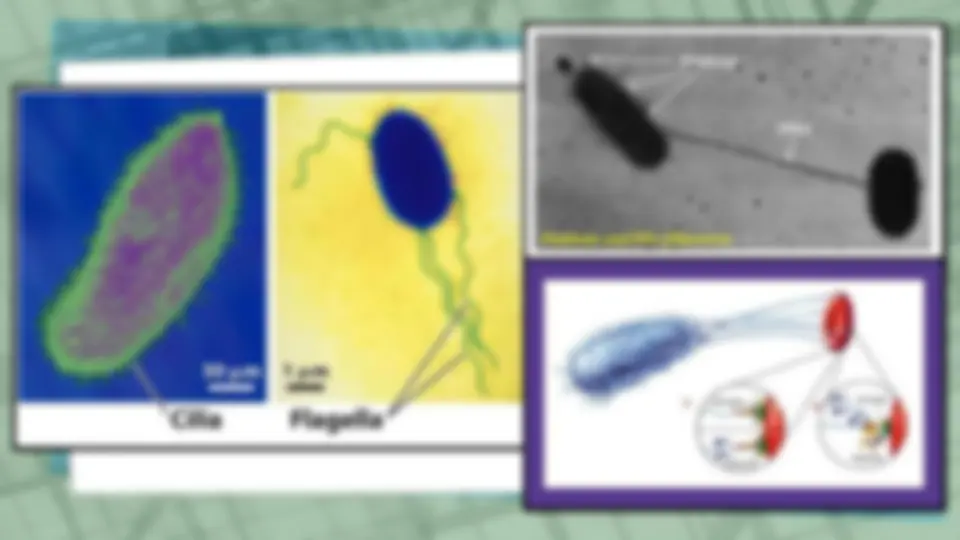
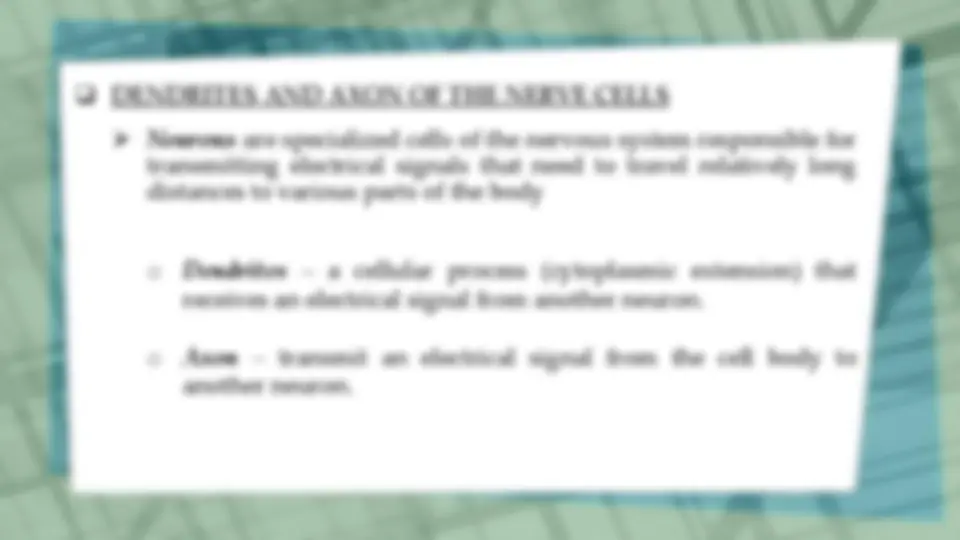
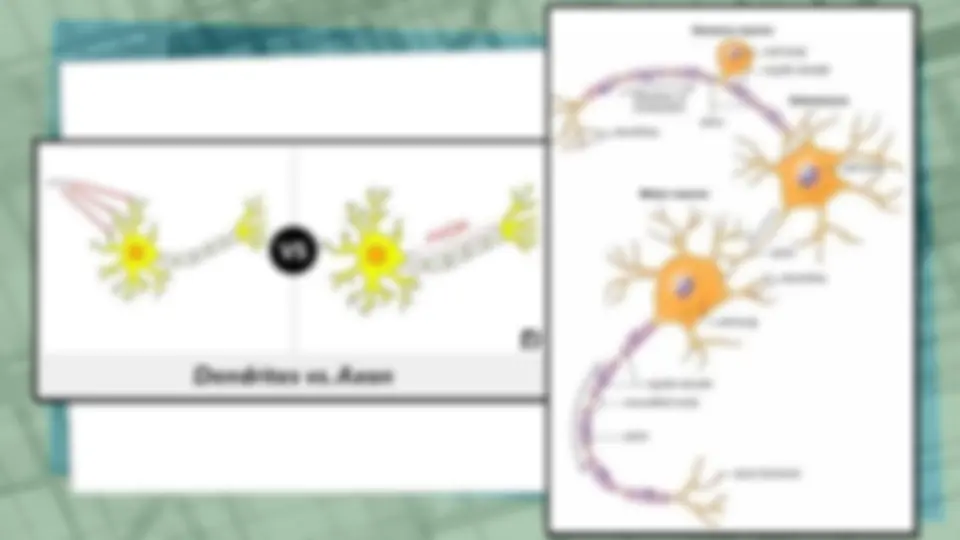


Study with the several resources on Docsity

Earn points by helping other students or get them with a premium plan


Prepare for your exams
Study with the several resources on Docsity

Earn points to download
Earn points by helping other students or get them with a premium plan
Community
Ask the community for help and clear up your study doubts
Discover the best universities in your country according to Docsity users
Free resources
Download our free guides on studying techniques, anxiety management strategies, and thesis advice from Docsity tutors
Introduction to General Biology. Cell Biology.
Typology: Lecture notes
1 / 105

This page cannot be seen from the preview
Don't miss anything!





























































































Caril Alvin kradril SHS general biology 1 Department of biology College of science Polytechnic university of the Philippines
Explain the postulates of the cell theory; Describe the structure and function of major and subcellular organelles; Distinguish prokaryotic from eukaryotic cells according to their distinctive features; Classify different cell types and specify the function(s) of each; and Describe some cell modifications that lead to adaptation to carry out specialized functions.
1590 – Zacharias Jansen A invented the compound microscope. 1665 – Robert Hooke B , using an improved compound microscope, examined cork and used the term “cell” to describe its basic units. 1650 to 1700 – Anton Van Leeuwenhoek C , using a good quality simple lens (mag. x 200 ), observed nuclei and unicellular organisms, including bacteria. In 1676 , bacteria were described for the first time as “animalcules”. A. B. C.
1831 to 1833 – Robert Brown a described the nucleus as a characteristic spherical body in plant cells. 1838 to 1839 – Matthias Schleiden b (a botanist) and Theodore Schwann c (a zoologist) produced the “cell theory” which unified the ideas of the time by stating that the basic unit of structure and function in living organisms is the cell. 1840 – Jonnanes Purkinje d gave the name protoplasm to the contents of cells, realising that the latter were the living material, not the cell walls. o Later the term cytoplasm was introduced (cytoplasm + nucleus = protoplasm). a b c d
1880 to 1883 – plastids , e.g. chloroplasts, discovered. 1890 – mitochondria discovered. 1898 – Golgi apparatus discovered. 1887 to 1900 – improvements in microscopes, fixatives, stains and sectioning. o Cytology † started to become experimental. o Embryology was studied to established how cells interact during growth of a multicellular organism. o Cytogenetics ‡, with its emphasis on the functioning of the nucleus in heredity, became a branch of cytology.
1900 – Mendel’s work , forgotten since 1865 , was rediscovered giving an impetus to cytogenetics. o Light microscope had almost reached the theoretical limits of resolution, thus slowing down the rate of progress. 1930 s – Electron microscope developed, enabling much improved resolution. 1946 to present – Electron microscope became widely used in biology, revealing much more detailed structure in cells. o This “ fine ” structure is called ultrastructure.
II. CELLULAR ULTRASTRUCTURE AND FUNCTIONS
Different types of membranes differ in thickness but most fall within the range 5 - 10 nm, for example cell surface membranes are 7. 5 nm wide. Membranes are lipoprotein structures (lipid + protein), with carbohydrates (sugar) portions attached to the external surfaces of some lipid and protein molecules. Typically, 2 – 10 % of the membranes is carbohydrate. Summary of the Features of Biological Membranes
The lipids spontaneously form a bilayer owing to their polar heads and non-polar tails. The proteins are variable in function. The sugar are involved in recognition mechanisms. The two ( 2 ) sides of a membrane may differ in composition and properties. Both lipids and proteins show rapid lateral diffusion in the plane of the membrane unless anchored or restricted in some way.
Functions: Provides mechanical support and protection. It allows a pressure potential to be developed which aids in support. It prevents osmotic bursting of the cell. It is a pathway for movement of water and mineral salts. Various modifications, such as lignification, for specialized functions.
Structure: Largest cell organelle, enclosed by an envelope of two ( 2 ) membranes that is perforated by nuclear pores. It contains chromatin which is the extended form taken by chromosomes during interphase. It also contains a nucleolus.